Of all of the courses that I planned to see on my west country golf trip in summer 2016, none was higher on my list than St. Enodoc, tucked way down to the south and west in Cornwall, one of the few remaining vestiges of Celtic culture on the island of Great Britain. The whole region is a major tourist destination, with the nearby town of Newquay (pronounced New-Key) being reminiscent of the Atlantic City boardwalk (probably without the crime, although I’m not certain). Like many vacation areas, there are nicer and shabbier spots and St. Enodoc is in the town of Rock, which is definitely in the former category.
But the course itself is a James Braid design and if you know anything about Braid designs, you know that upper-class-in-feel they are not. The course is on a very unusual two-part piece of property: (1) a big, fantastic chunk of duneland, but one with only enough room for about 12 holes and (2) a narrow strip of farmland, which itself is divided into a flat portion and the side of a steep hill. The result is very Braid, with several outstanding holes (with some very wild features) but then a few lesser ones. I know that the club has made some tweaks to the holes in the latter category over the years so I’m not sure that Braid is always to be given credit/blame.
The result is an excellent course overall, but one that isn’t as consistent as the other top tier courses that I played in England and which definitely has a more rudimentary feel than most of those. But it’s important to remember that while this course spends a lot of time on world top 100 lists now, this is a very recent phenomenon. I think that for most of its history, until the last two decades when Tom Doak and others started championing it, it was seen by most as a ‘holiday course,’ a course on sporting land with unconventional holes that could have maybe been done better if the whole thing had been taken more seriously. But no one was taking it that seriously, so it was fine. Just because the course was in an upper class area didn’t mean that it had to be an upper class course. The members could play Sunningdale at home.
I like the fact that the course often feels a bit rudimentary in design. There are plenty of natural features that make most of the holes interesting and even where there aren’t, the elements will probably make it interesting enough. My two rounds at St. Enodoc were by far the windiest conditions in which I’ve ever played. And it was a sustained wind probably in the 20-30 mph. range. That made otherwise mundane holes like 12 and 13 plenty challenging. I also learned that the wind doesn’t affect all points on a property equally. Perhaps a bit ironically, it was less of a factor in the linksy dunes holes. But it tore across the more open farmland parts of the property like the breath of hell (but colder).
I thought that St. Enodoc had one of the best opening holes that I played in England, a ~525 yard par 5. It looks like an innocuous drive and a lot of the time, it probably is…but not when the wind is blowing left-to-right at 20 mph. The wind made the course especially difficult in the summer of 2016 because it had been a wet spring and the rough was very thick. Many of the fairways here aren’t especially wide either.
But the course itself is a James Braid design and if you know anything about Braid designs, you know that upper-class-in-feel they are not. The course is on a very unusual two-part piece of property: (1) a big, fantastic chunk of duneland, but one with only enough room for about 12 holes and (2) a narrow strip of farmland, which itself is divided into a flat portion and the side of a steep hill. The result is very Braid, with several outstanding holes (with some very wild features) but then a few lesser ones. I know that the club has made some tweaks to the holes in the latter category over the years so I’m not sure that Braid is always to be given credit/blame.
The result is an excellent course overall, but one that isn’t as consistent as the other top tier courses that I played in England and which definitely has a more rudimentary feel than most of those. But it’s important to remember that while this course spends a lot of time on world top 100 lists now, this is a very recent phenomenon. I think that for most of its history, until the last two decades when Tom Doak and others started championing it, it was seen by most as a ‘holiday course,’ a course on sporting land with unconventional holes that could have maybe been done better if the whole thing had been taken more seriously. But no one was taking it that seriously, so it was fine. Just because the course was in an upper class area didn’t mean that it had to be an upper class course. The members could play Sunningdale at home.
I like the fact that the course often feels a bit rudimentary in design. There are plenty of natural features that make most of the holes interesting and even where there aren’t, the elements will probably make it interesting enough. My two rounds at St. Enodoc were by far the windiest conditions in which I’ve ever played. And it was a sustained wind probably in the 20-30 mph. range. That made otherwise mundane holes like 12 and 13 plenty challenging. I also learned that the wind doesn’t affect all points on a property equally. Perhaps a bit ironically, it was less of a factor in the linksy dunes holes. But it tore across the more open farmland parts of the property like the breath of hell (but colder).
I thought that St. Enodoc had one of the best opening holes that I played in England, a ~525 yard par 5. It looks like an innocuous drive and a lot of the time, it probably is…but not when the wind is blowing left-to-right at 20 mph. The wind made the course especially difficult in the summer of 2016 because it had been a wet spring and the rough was very thick. Many of the fairways here aren’t especially wide either.
The second shot is blind over an aiming post and seeing that the hole bends right, you might want to play up the right side if you have the length to go for the green. You’d better hit a strong shot if you do because the right side is dunes and long grass and a poor angle across the slope into the elevated green. The approach is straight-forward if you layup to the left—you’ll be playing into the slope from here.
Turning the opposite direction, the long par 4 second was very tough. As you can see, the fairway here is quite narrow. The club should mow out the fairway more to the left because it’s very difficult to get a view of the green, which is hidden off to the right behind dunes, unless you’re in the left rough.
The third is another long par 4 on the card but plays quite a bit shorter because the fairway runs almost straight downhill with almost 50 feet of drop. A decent length hitter will need to club down off the tee because at ~275 from the regular tees, a road and a stone wall cross the fairway. And the road runs at a diagonal from short-right to long left so if you push it, you have even less room (and the wind is left-to right). But you want to be in the right side of the fairway for the delightful approach because the green angles from front-right to back-left and rough/mound left of the green will either capture or kick your ball away.
Simply put, the fourth is the greatest drivable par 4 that I’ve seen and is a strong contender for the best hole that I played in England. It’s about 280 yards from the regular tees but plays modestly uphill. What makes this hole so great is that for any shot that you might play, there’s a lot to think about and a risk reward element. For about the last 80 yards of the hole, a stone wall runs up the right side of the fairway. Because the hole doglegs left, you’re playing at this wall at a diagonal so if you go for the green, the more you push your drive, the shorter the distance to send your ball sailing over the wall and into the cattle.
As interesting as that is, it might even be a more interesting shot if you layup. The green is perched on a hill and while the fairway gradually rises to the green from the right side, the hill is more abrupt from the left. Anything from the left side of the fairway will be completely blind into the shallow aspect of the green…with the aforementioned stone wall and cattle on the through-line.
If you layup up the fairway to the right, you can get a much clearer view and a much better angle to the green. But the rub here is that the fairway sits in a corner of the property boundary and the further right in the fairway that you want to place you shot, the more of a carry you have over bushes and another stone wall that runs perpendicular into the previous one. For a layup, the optimal spot is in the corner where the two walls meet…which is also the riskiest part of the fairway to play to. But if you hit it here, you’ll have a flat lie, a clear view, and altogether a simple 80 yard shot down the deepest aspect of the green.
I don’t think that there’s a thing that you could do that would improve this hole.
As interesting as that is, it might even be a more interesting shot if you layup. The green is perched on a hill and while the fairway gradually rises to the green from the right side, the hill is more abrupt from the left. Anything from the left side of the fairway will be completely blind into the shallow aspect of the green…with the aforementioned stone wall and cattle on the through-line.
If you layup up the fairway to the right, you can get a much clearer view and a much better angle to the green. But the rub here is that the fairway sits in a corner of the property boundary and the further right in the fairway that you want to place you shot, the more of a carry you have over bushes and another stone wall that runs perpendicular into the previous one. For a layup, the optimal spot is in the corner where the two walls meet…which is also the riskiest part of the fairway to play to. But if you hit it here, you’ll have a flat lie, a clear view, and altogether a simple 80 yard shot down the deepest aspect of the green.
I don’t think that there’s a thing that you could do that would improve this hole.
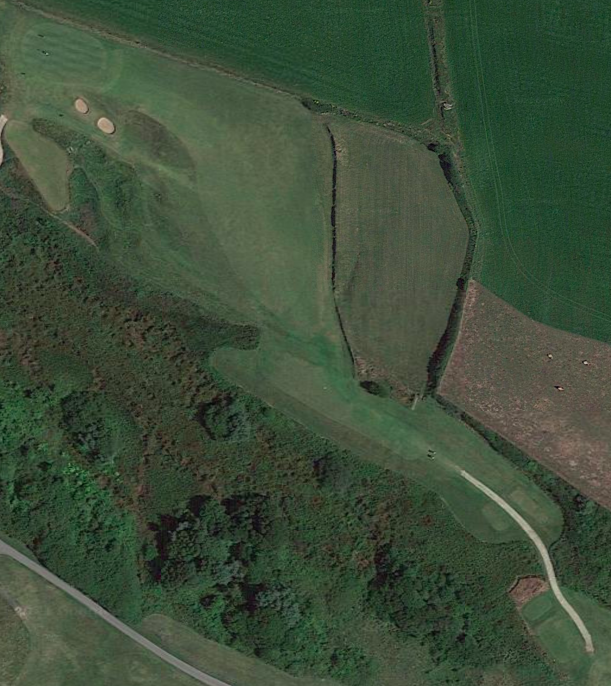
It's easier to tell what's going on from above. The green is in the top-left and the tee at the bottom right. If you layup, you want to get it into a high right corner, which is a 200-220 yard shot from the back tees shown here (the regular tees). But the further up into the corner you want to get, the more you have to carry the first wall.
Five is a medium-length par 3 over a valley to a shallow, wide green. While distance control is important, this hole shouldn’t be too hard…unless the wind is blowing 25-30 mph. In my second round, I hit my shot fat. It popped up so high into the wind that I thought I was going to be able to catch it when it came down.
Six is undoubtedly the most famous hole at St. Enodoc. It’s a medium-length par 4 but features a completely blind approach over a huge dune and what must be one of the world’s most memorable bunkers. The bunker wasn’t quite as wild-looking when I played as in some of the pictures that I’ve seen, probably because they’ve grassed the edges to prevent erosion. There isn’t much to do on the drive as your second will always be blind. But you should try to get it as close to the end of the fairway as you can (~250-265 yards) because the green is narrow, deep, and you want the shortest possible second.
While the green plays up a half pipe in the dunes, you should play conservatively to the front because there’s less distance between the long grass the further into the green that you go. It’s possible to hit what you thought was a good second shot here and never find the ball…
Except for the fifth hole, the opening stretch was relatively free from the fury of the wind and I played them pretty well in both rounds. That all came to an end on the seventh, which plays out to flatter, more open links land. This would be a pretty easy hole under normal conditions because the fairway is quite wide between bunkers left at ~225 and right at ~270. But with an into wind from the left, it was almost impossible to start your drive far enough left to keep it out of the right rough.
Eight is a par 3 of ~155 yard completely fronted by bunkers. Normally this would be fine but playing straight downwind, it was very difficult to carry the bunkers and hold the ball on the green.
Nine is a beautiful par 4 with a wide fairway, but one that’s cut off by a dune ridge about 275 off the tee. Like on three, it’s best to club down off the tee because the hole runs about 30 feet downhill from the tee to this point. Also, the further back you stay from this ridge, the better view of the green that you’ll have. The green is both deep and wide and this hole shouldn’t be too difficult.
The short par 5 tenth is a very controversial hole and I tend not to like the holes that get labelled controversial because they usually have some awkwardness that makes them not really playable for many. But I think that this is a great hole, albeit still quite awkward. First of all, you cannot hit driver off the tee unless you’re a very short hitter because the fairway abruptly narrows at a hill 240 from the tee.
Well, let me qualify that; don’t hit driver unless you’ve got a three-quarter swing where you keep the ball low and get some run. Because even though the fairway narrows at 240, you can bank your ball off the low part of the slope and run it into the sliver of fairway off to the left, which will significantly shorter the approach. I was able to do this in one of my rounds and it left me with only about 160 yards to the green. It’s still an awkward shot because the bushes short-left of the green were overgrown and you can only see the right edge of the green. I believe that the club has cut them back since, which would greatly help the hole.
I’m not sure that the hole would work for everyone because the layup area is very narrow if you can’t get your second within about 50 yards of the green. It’s also dangerous because a major local walking path runs up the left side of the fairway and the walkers, whom you can’t see from the tee, are liable to pop into the fairway.
Well, let me qualify that; don’t hit driver unless you’ve got a three-quarter swing where you keep the ball low and get some run. Because even though the fairway narrows at 240, you can bank your ball off the low part of the slope and run it into the sliver of fairway off to the left, which will significantly shorter the approach. I was able to do this in one of my rounds and it left me with only about 160 yards to the green. It’s still an awkward shot because the bushes short-left of the green were overgrown and you can only see the right edge of the green. I believe that the club has cut them back since, which would greatly help the hole.
I’m not sure that the hole would work for everyone because the layup area is very narrow if you can’t get your second within about 50 yards of the green. It’s also dangerous because a major local walking path runs up the left side of the fairway and the walkers, whom you can’t see from the tee, are liable to pop into the fairway.
Eleven is a bit of a dull long par 3 but it was plenty difficult in the heavy winds. The most interesting thing about the hole is the course namesake old church next to the tee.
While twelve plays over the same dull farmland, there’s a bit more interest here. The hole turns gently left and we have a ~190 yard carry over a hedge on the left side. You want to go up the left side here because there are two well-placed bunkers on the outside of the dogleg 265-275. The approach was very difficult because the green is convex and it was difficult to keep the ball from rolling off the edges in the wind.
The next three holes play up then down the side of the hill and were a slog with the wind into and from the right. Thirteen is probably the dullest hole on the course but uphill and into the wind, it was very difficult. Fourteen was also uphill and very difficult, but much more interesting. The drive is into a severely left-to-right sloping fairway. There’s a deep bunker through the fairway at about 260 yards, but it was impossible for me to reach this in these conditions. Still, you want to drive it as far as you can to have a good view of this green, which is perched on a rock wall that runs up its right side.
Fifteen is a downhill par 3 with bunkers and a paved, one lane road running across the front almost flush with the green. No run-up shots here; if you land just short, you’ll hit the road and who knows where the ball will go. Of course in 30 mph. of wind, I didn’t know where my ball was going anyway.
We’re back in the dunes for the last three holes. The first of these is a long par 5 which plays gradually uphill for the first 300 yards, then back downhill to a left-to-right sloping fairway with a well-defended green tucked back up in the dunes to the left. While the hole is about 550 now, it used to be about 475 to a green on flatter land in the current layup zone. The current green is probably the most manmade-looking thing on the course and I’m sure that I would have preferred the look of the old green, but the green is interesting and it’s a very good hole.
The new green on sixteen also means that we have about a 100 yard walk back to the par 3 seventeenth tee, but it’s worth it. This hole plays about 200 yards from an elevated tee to a green that’s partially obscured by a big dune short-left. While it’s a tough shot, it looks tougher than it is because there’s a good amount of room between the dune and the green and the area around the green is mostly forgiving.
The long par 4 finisher is an excellent one. The drive seems narrow between dunes on the left and right, but I don’t think that it was more that 210-220 yards to get past the big one on the left. It’s best to carry this and go up the left side if you can because from there’s a bunker/long grass in line with the approach to the green from the right side of the fairway. It’s all open fairway from the left side, enabling a run-up shot.
St. Enodoc has been the subject of quite a few articles in the past few years and has gone from being a hidden gem to being considered one of the top courses in the UK. While I’ve only played courses across the south of England and Wales, there’s no doubt that it’s top shelf among these, belonging in the same company as other excellent links courses like Royal Cinque Ports and heathland courses like St. George’s Hill or Walton Heath. I wouldn’t quite put it in the top top tier with the Old at Sunningdale, West Sussex, or Royal St. George’s. There are more dull holes than on any of the above courses and to be honest, while the 5 or 6 best holes are world class, there’s a pretty good step down in quality after that.
Because of this, I’m skeptical that I’d find St. Enodoc to be a world top 100 course if I had played enough contenders. But this is of no practical significance. It’s worth making a special effort to play here. It’s definitely the best course in southwest England and it’s worth the 4-5 hour drive from London, especially if you make a few days’ trip of it and play other great local courses, like my next-up, Perranporth.
Because of this, I’m skeptical that I’d find St. Enodoc to be a world top 100 course if I had played enough contenders. But this is of no practical significance. It’s worth making a special effort to play here. It’s definitely the best course in southwest England and it’s worth the 4-5 hour drive from London, especially if you make a few days’ trip of it and play other great local courses, like my next-up, Perranporth.
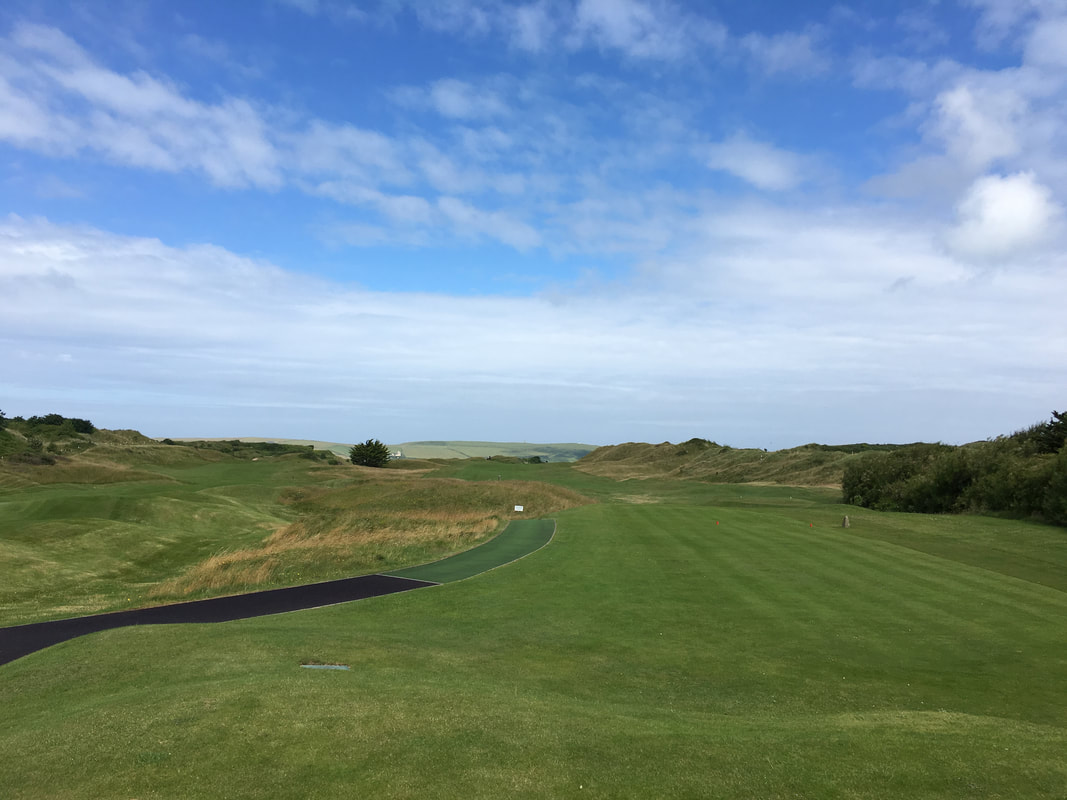

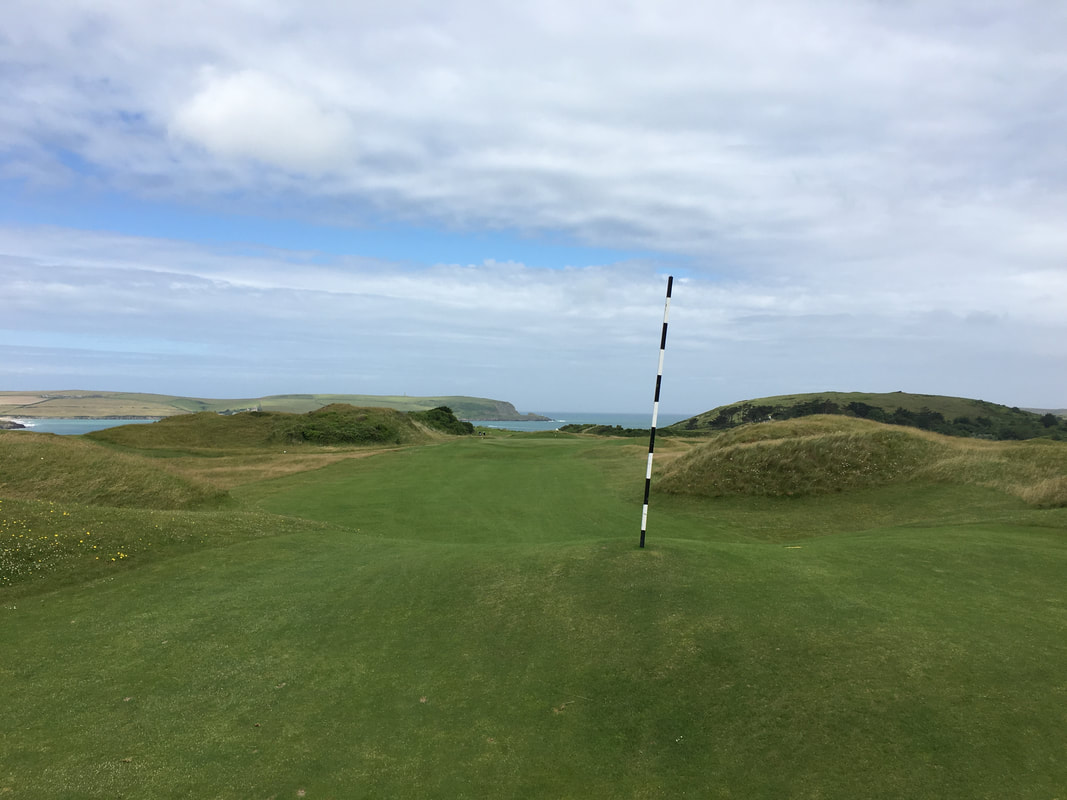
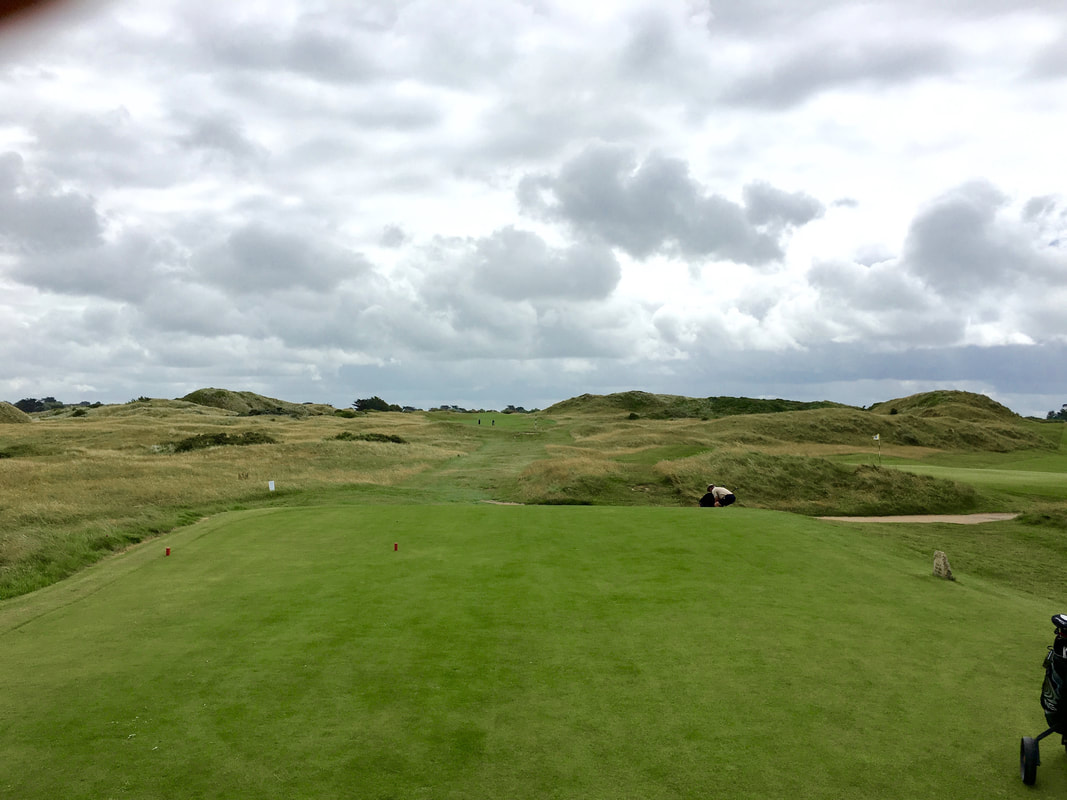
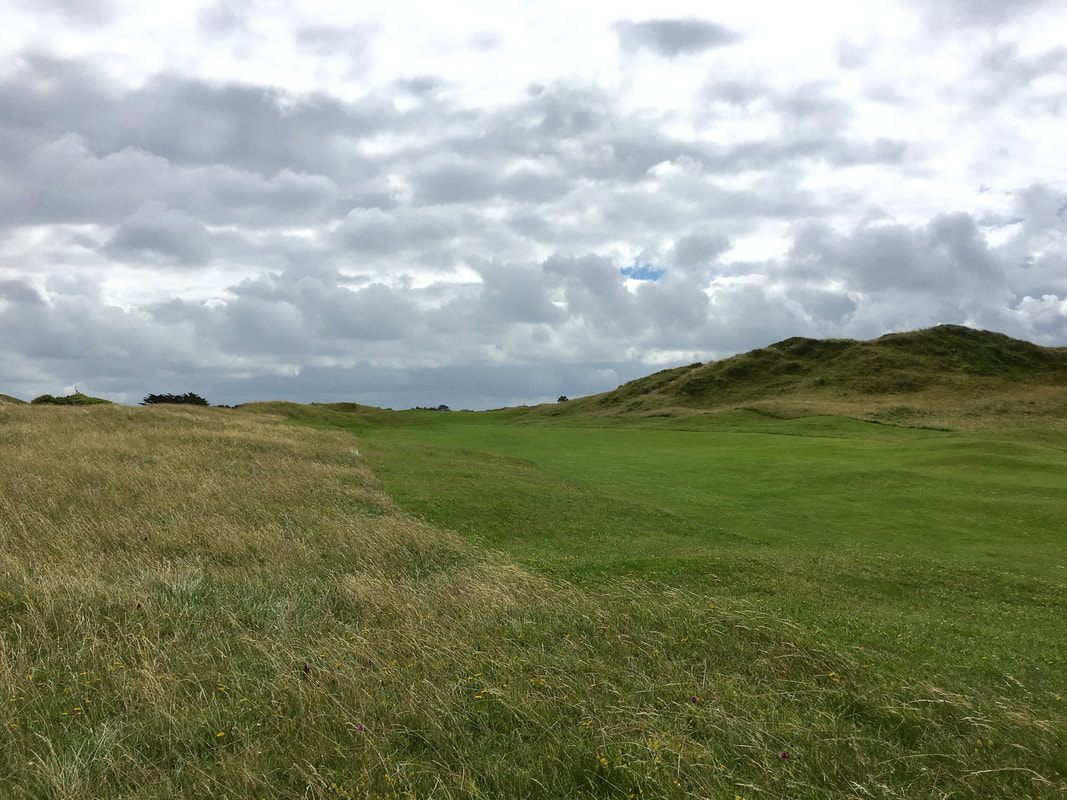
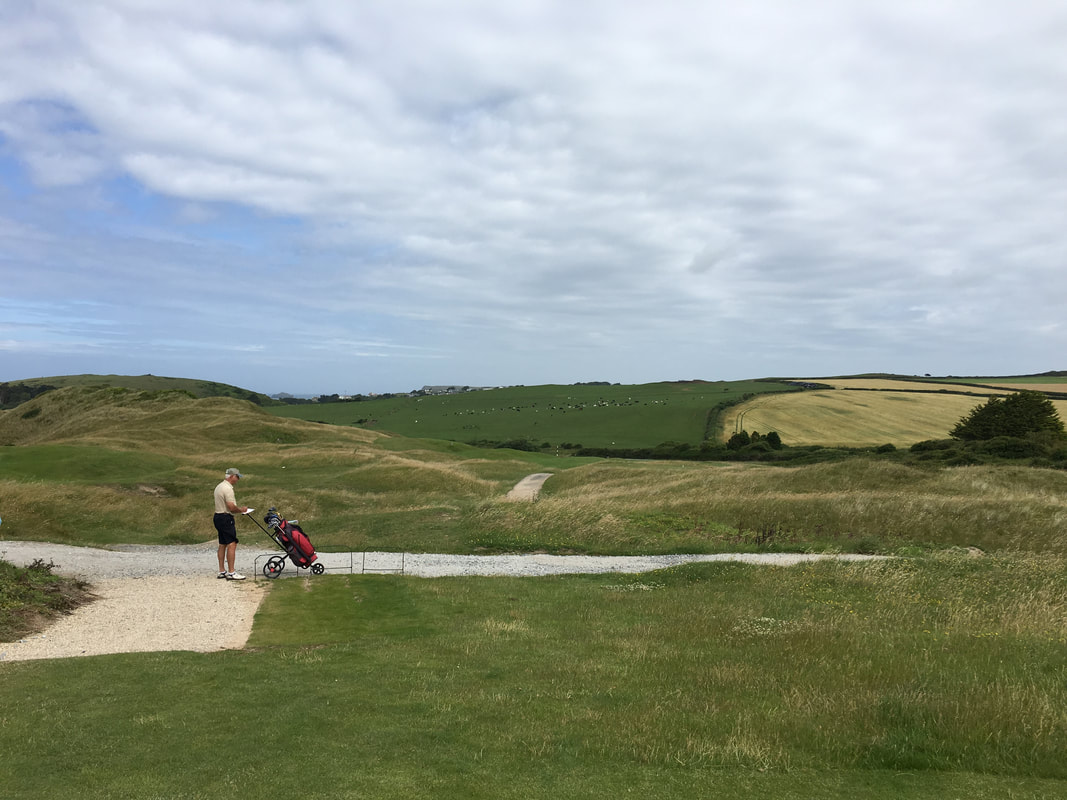
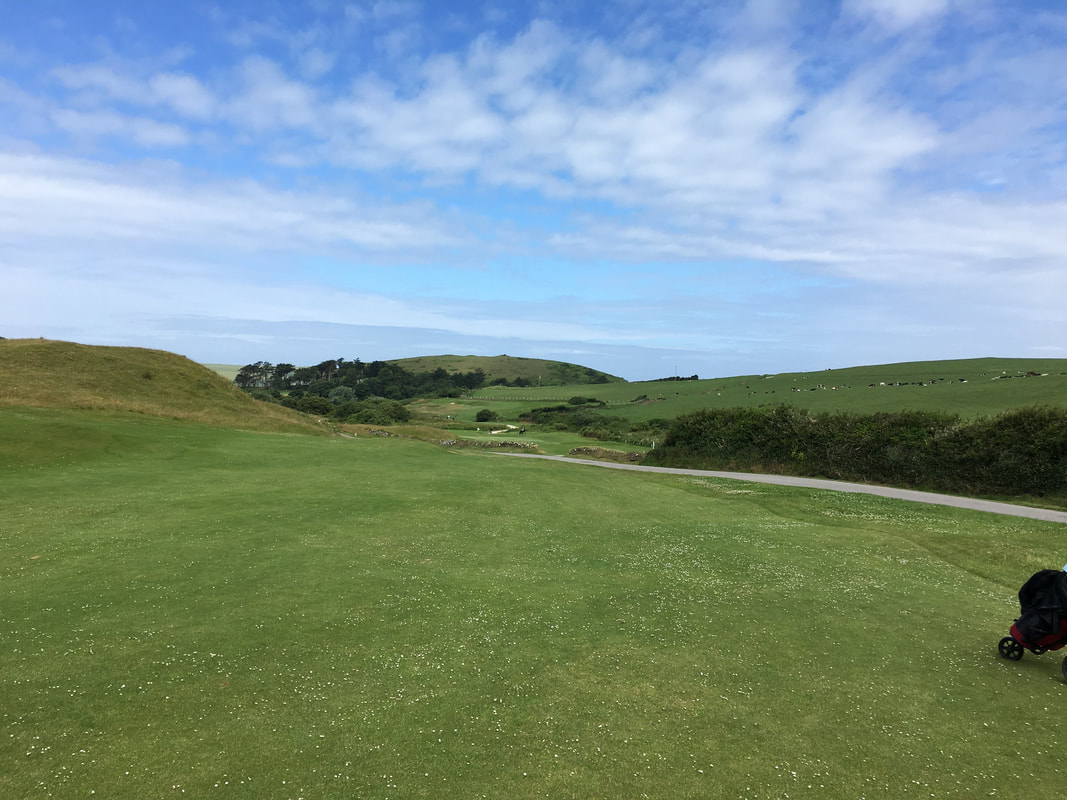
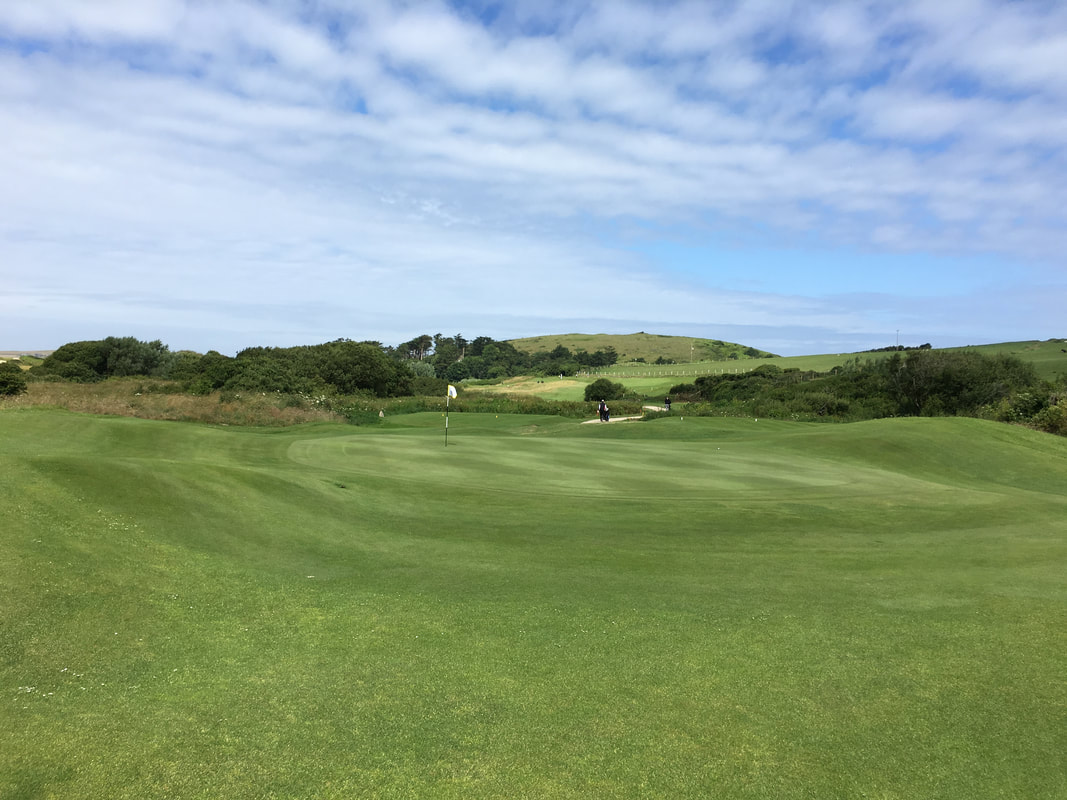
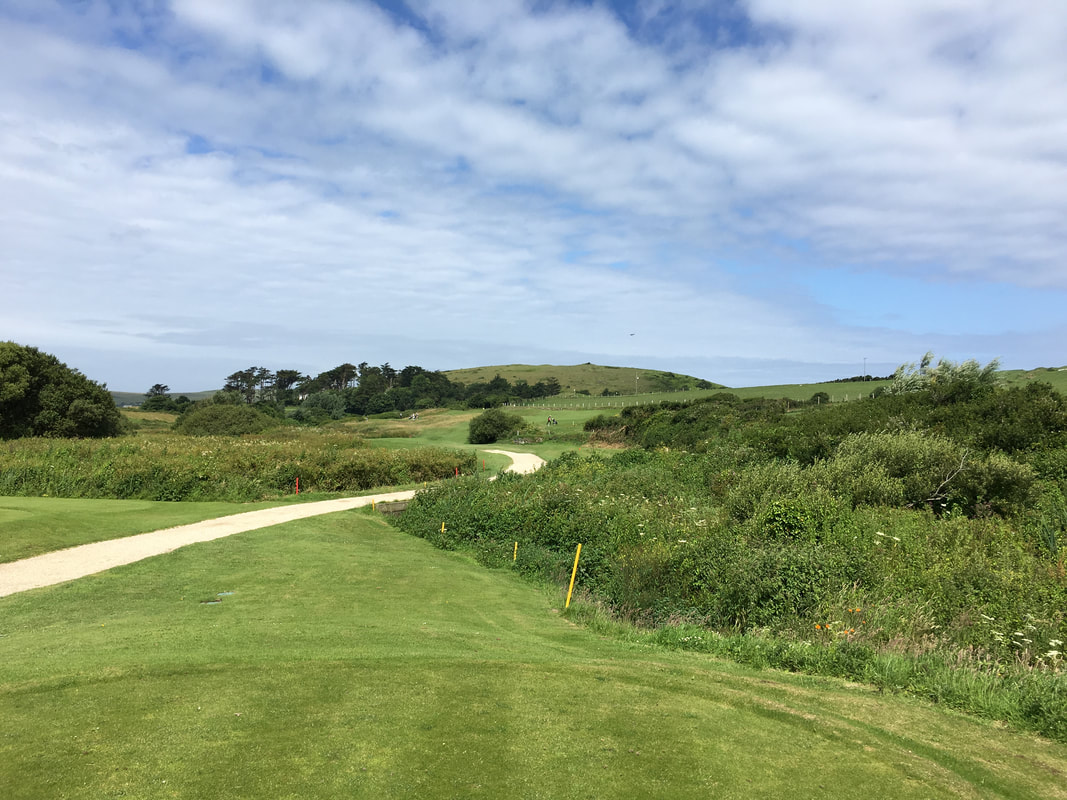
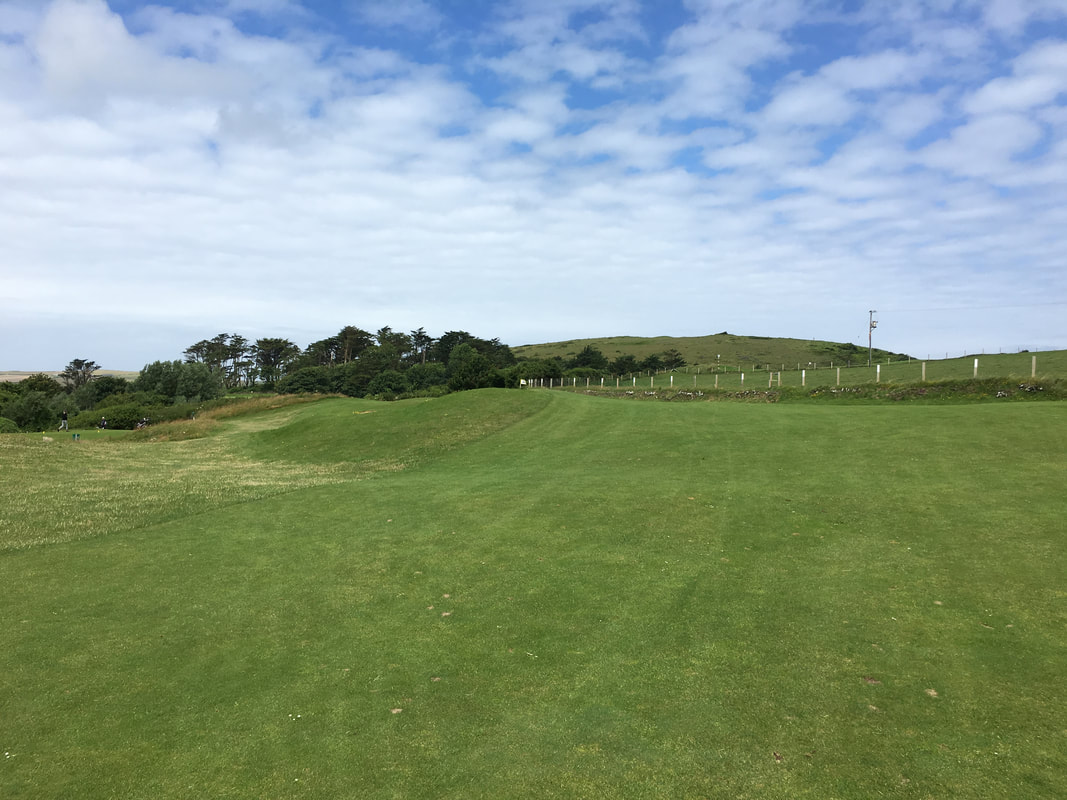
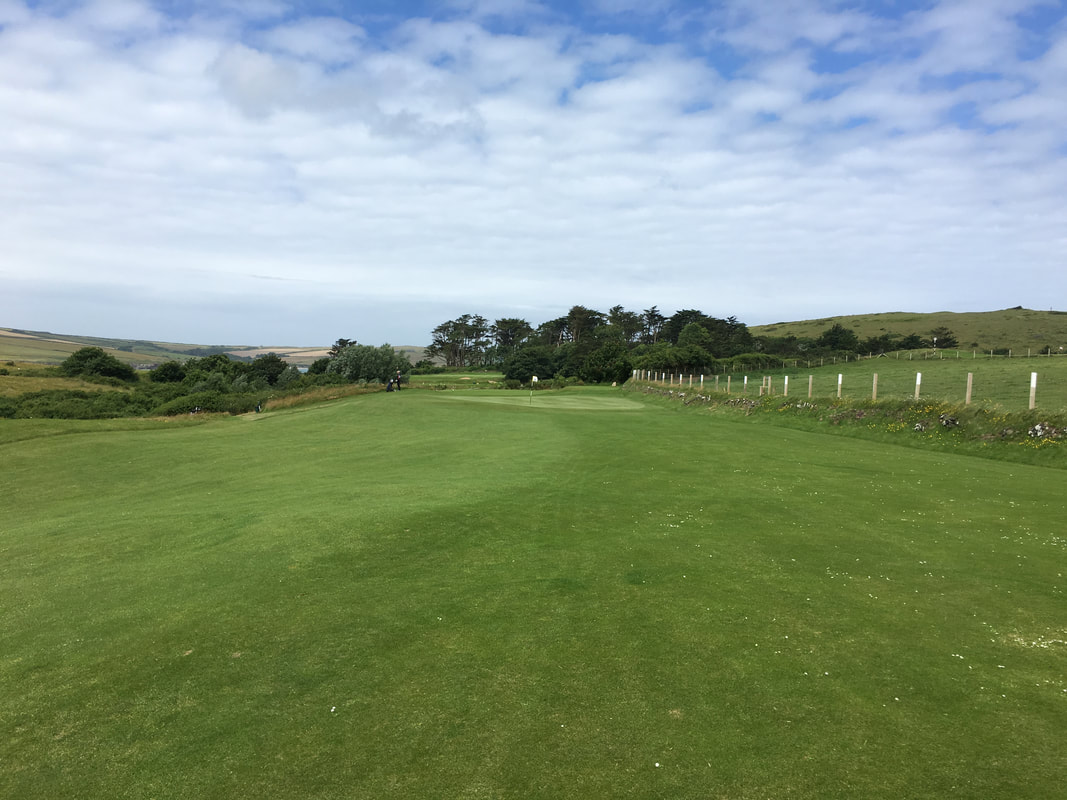
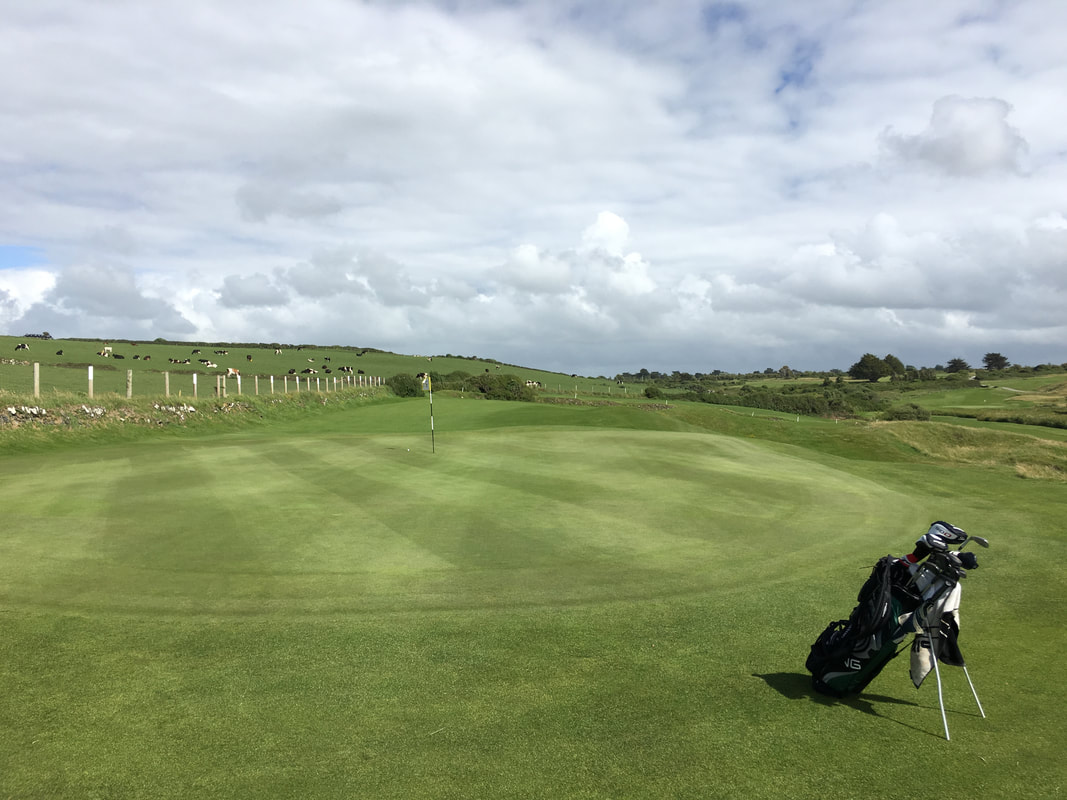
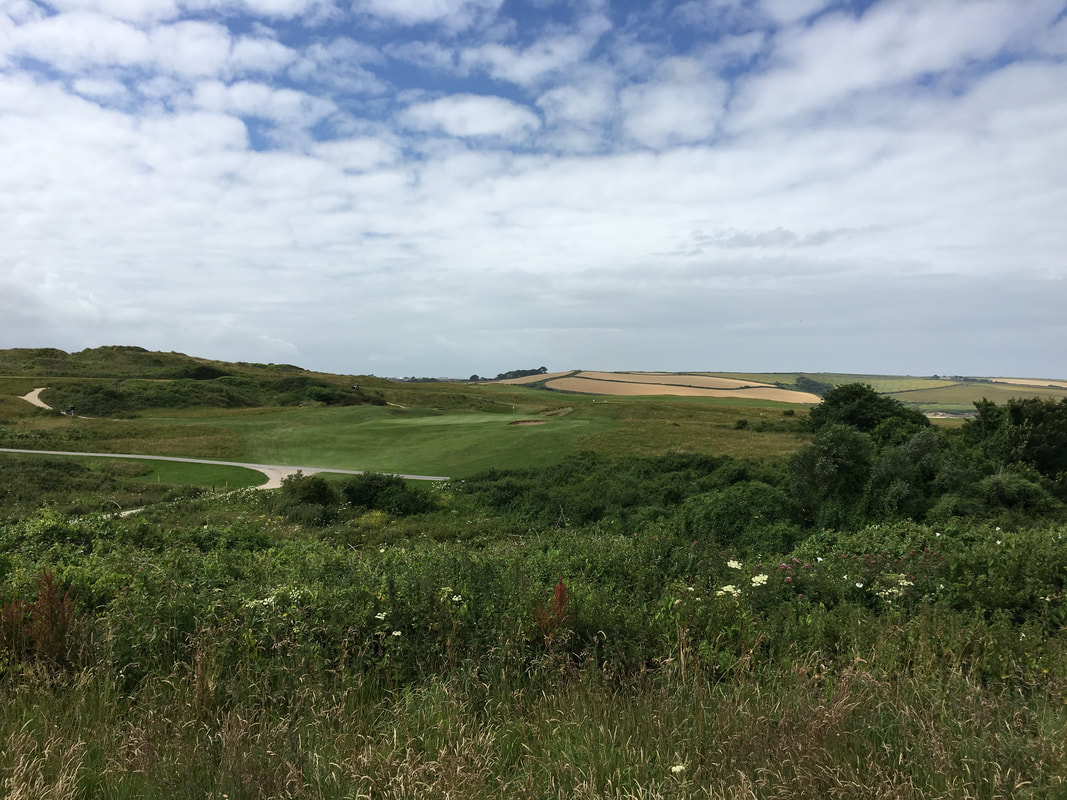
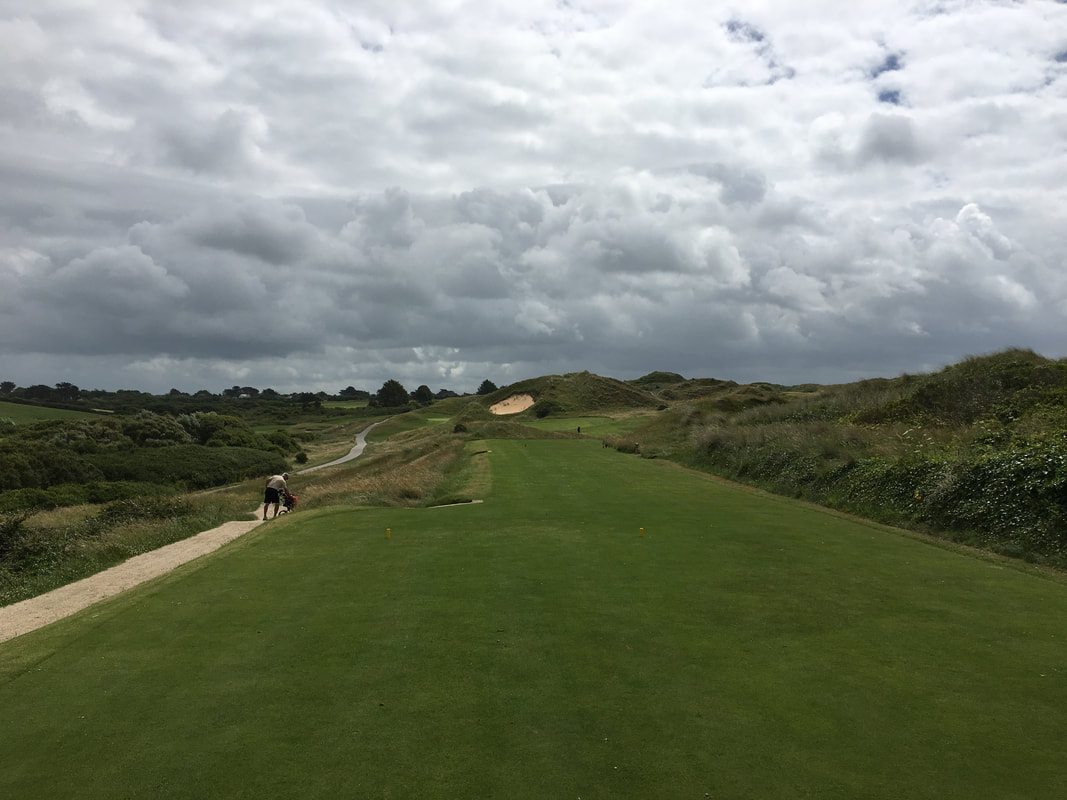
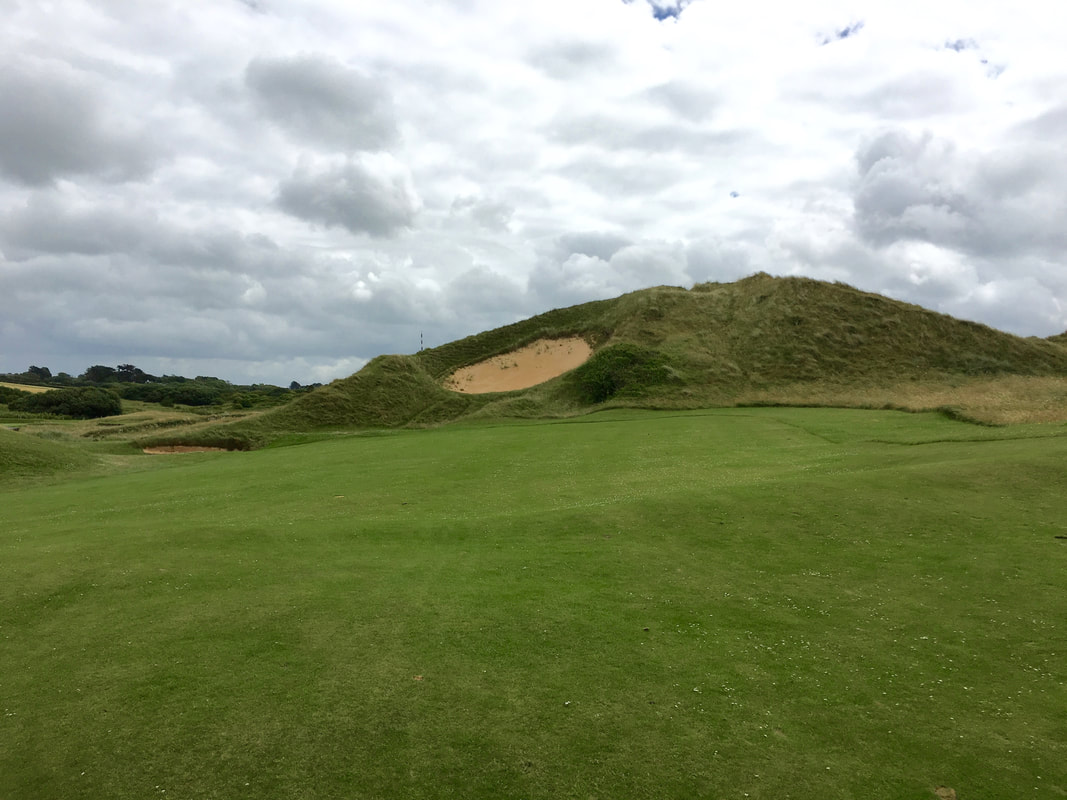
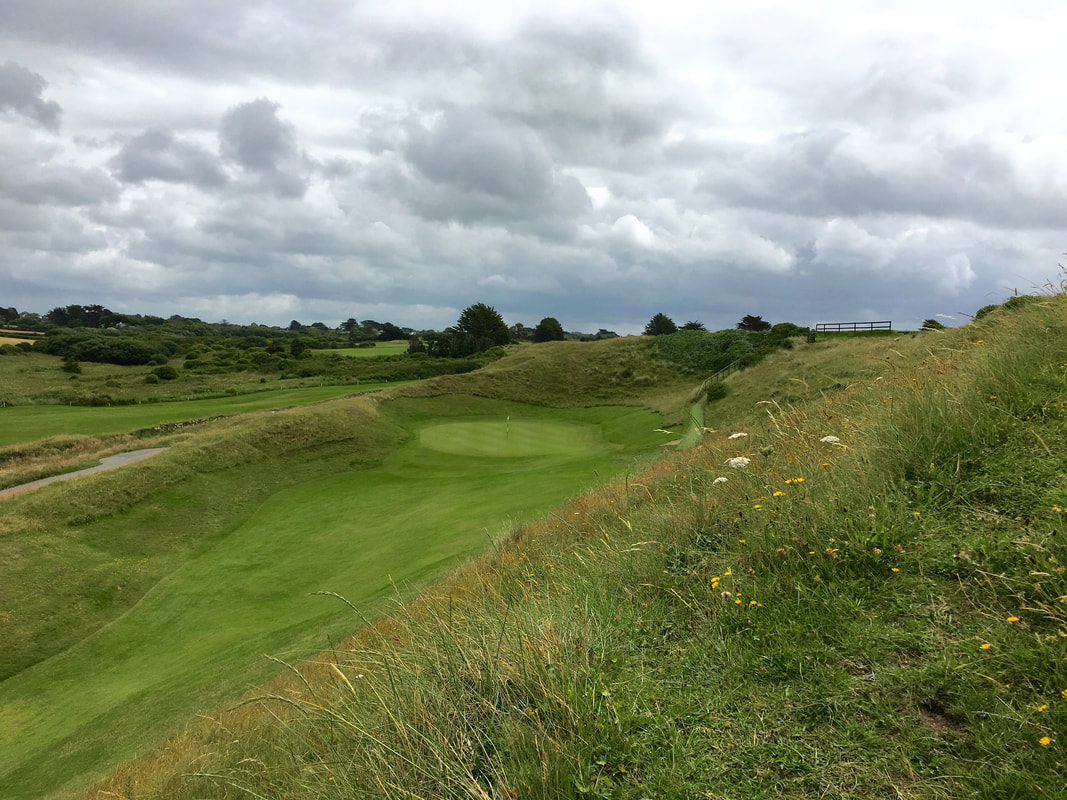
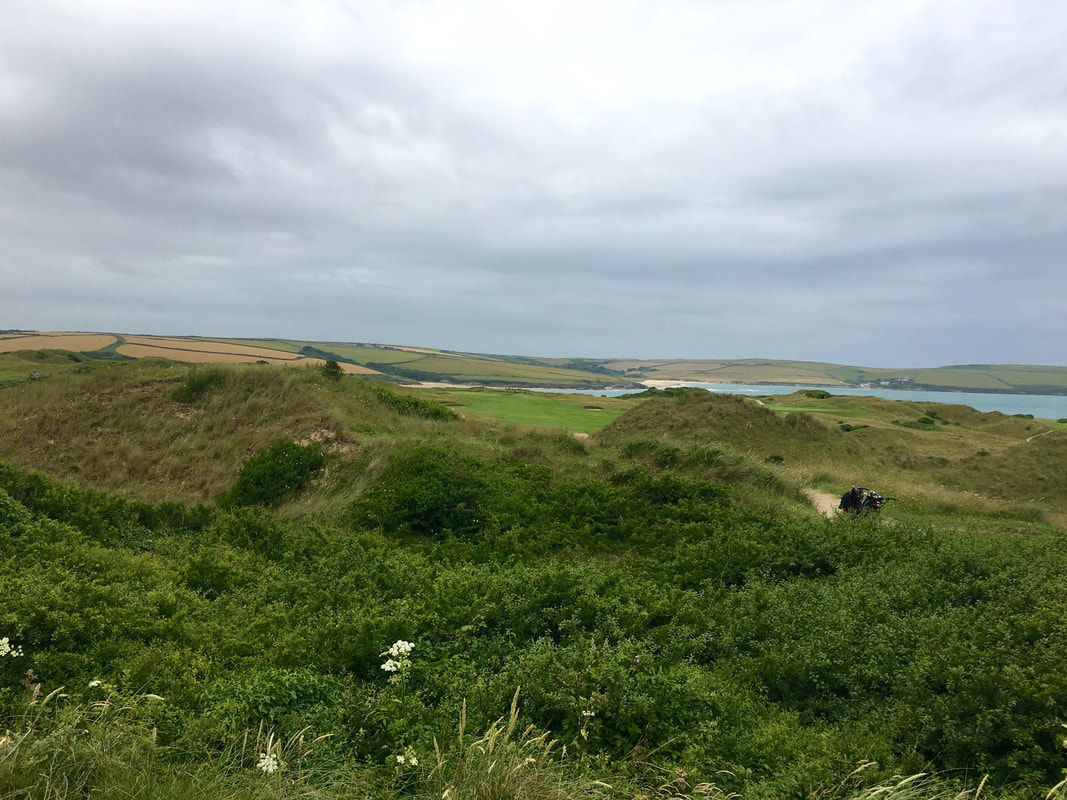
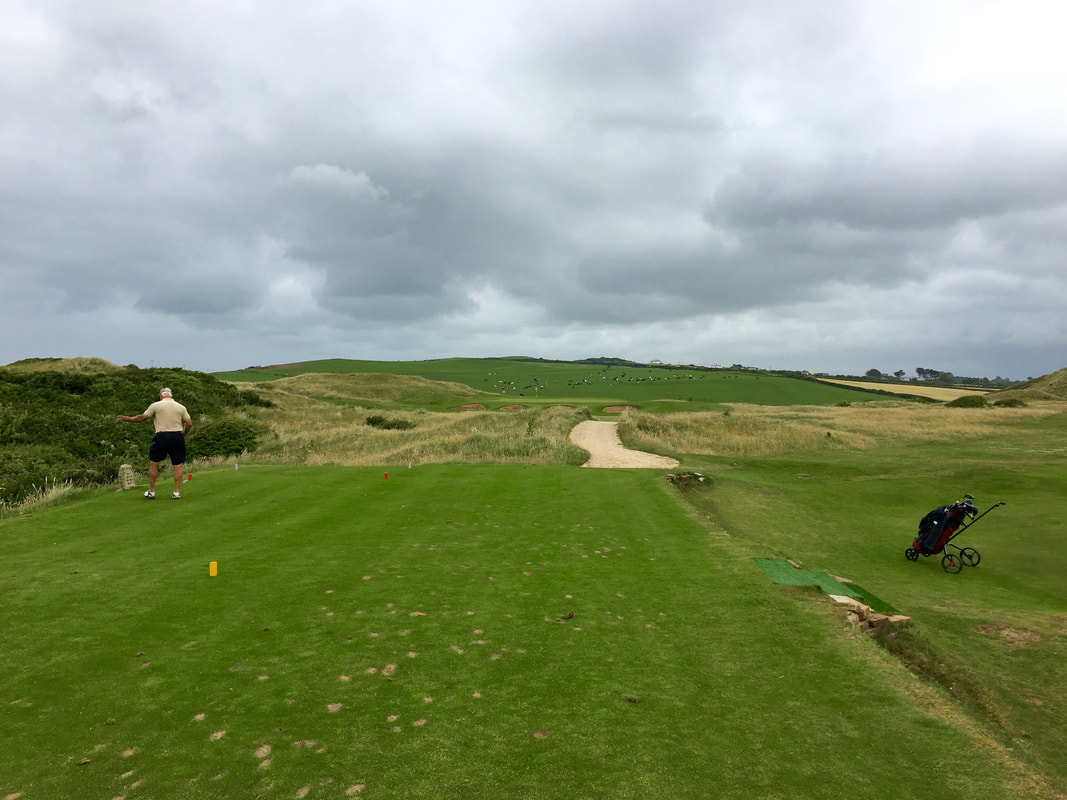
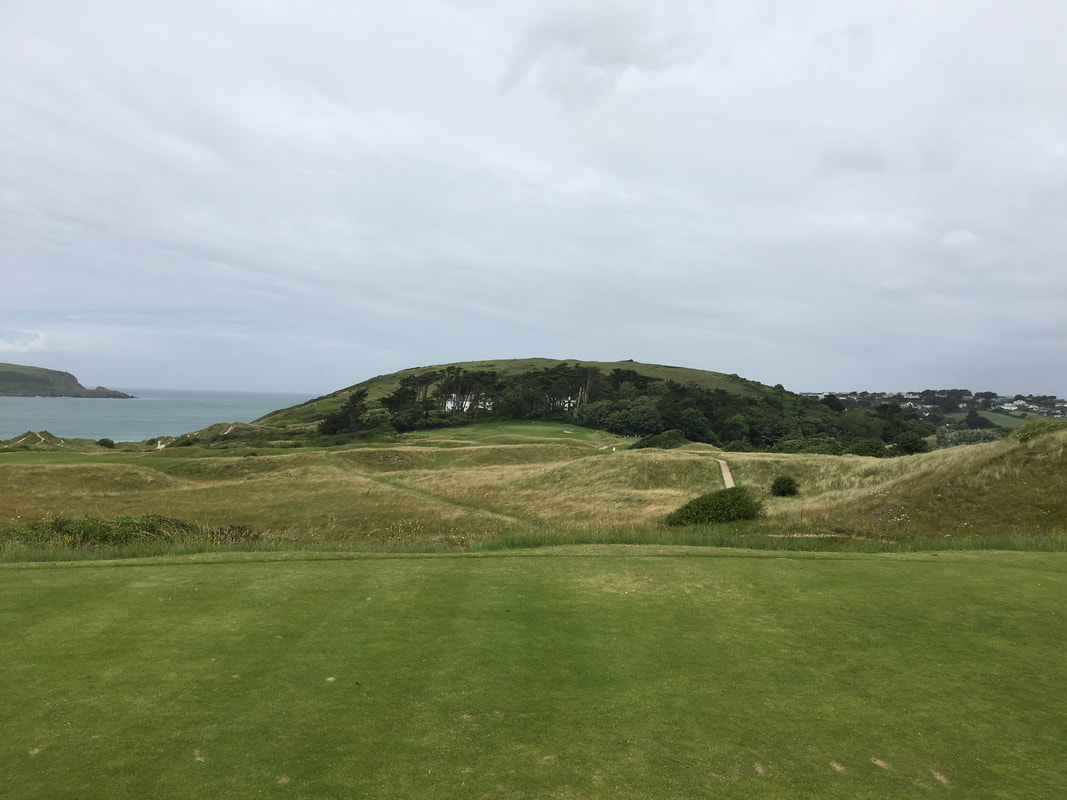
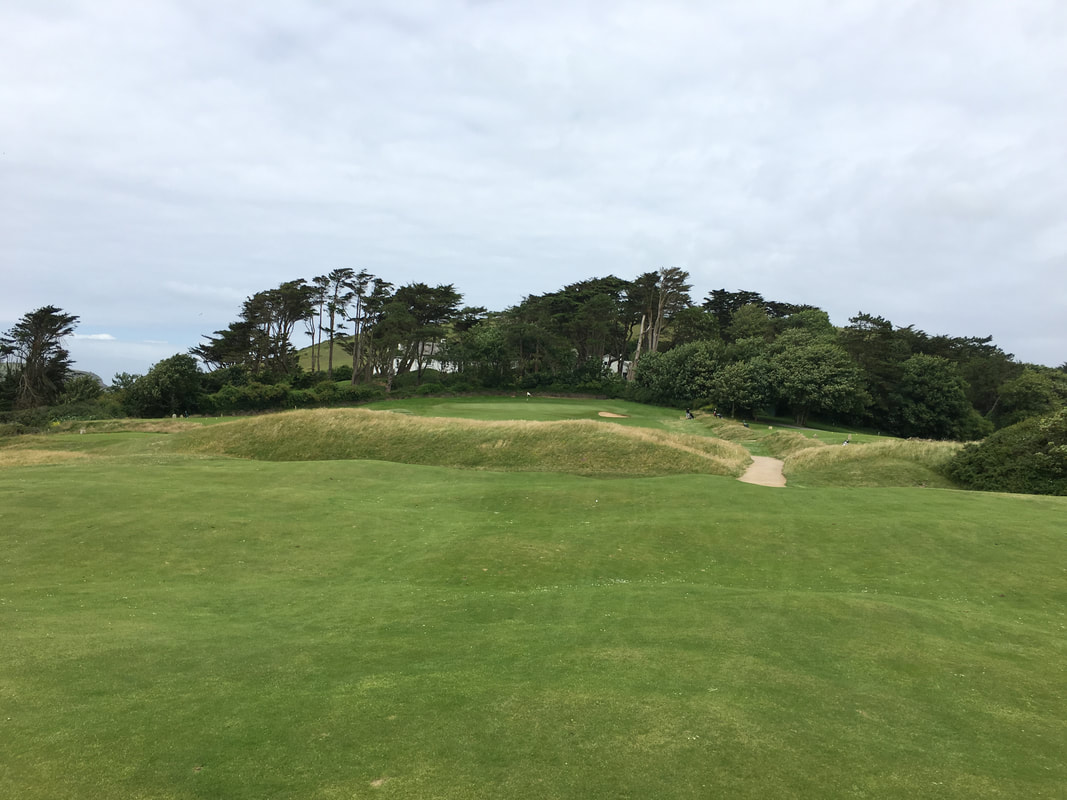
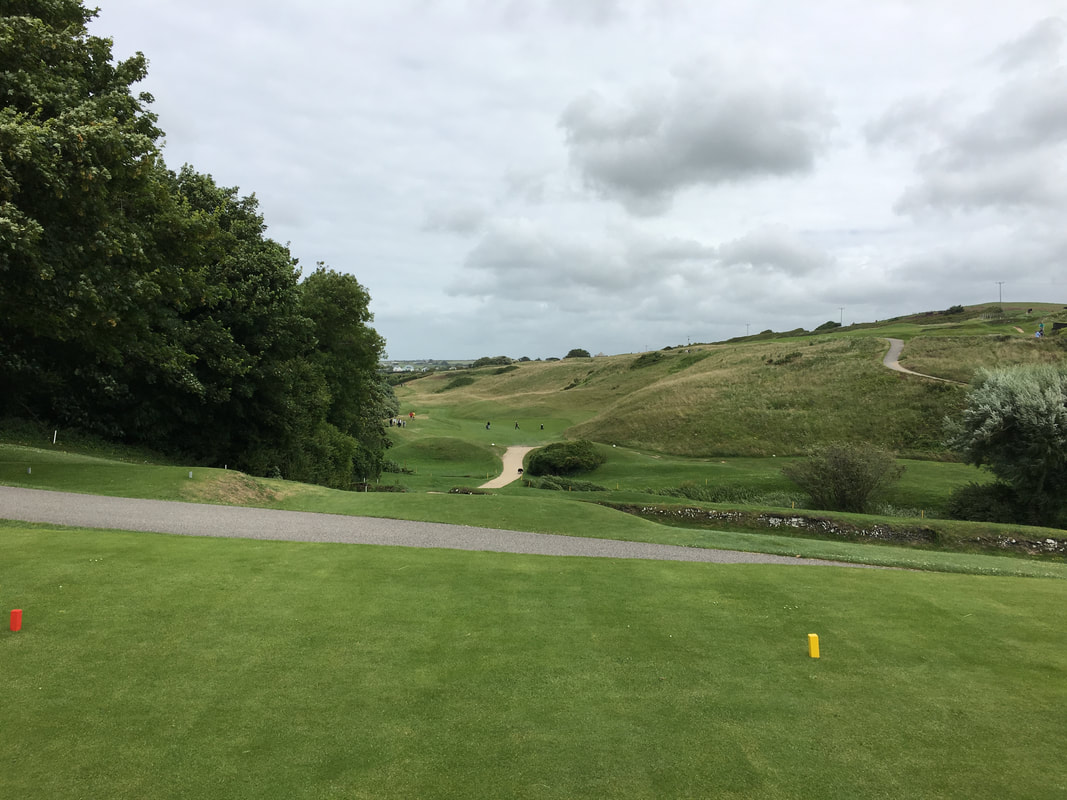
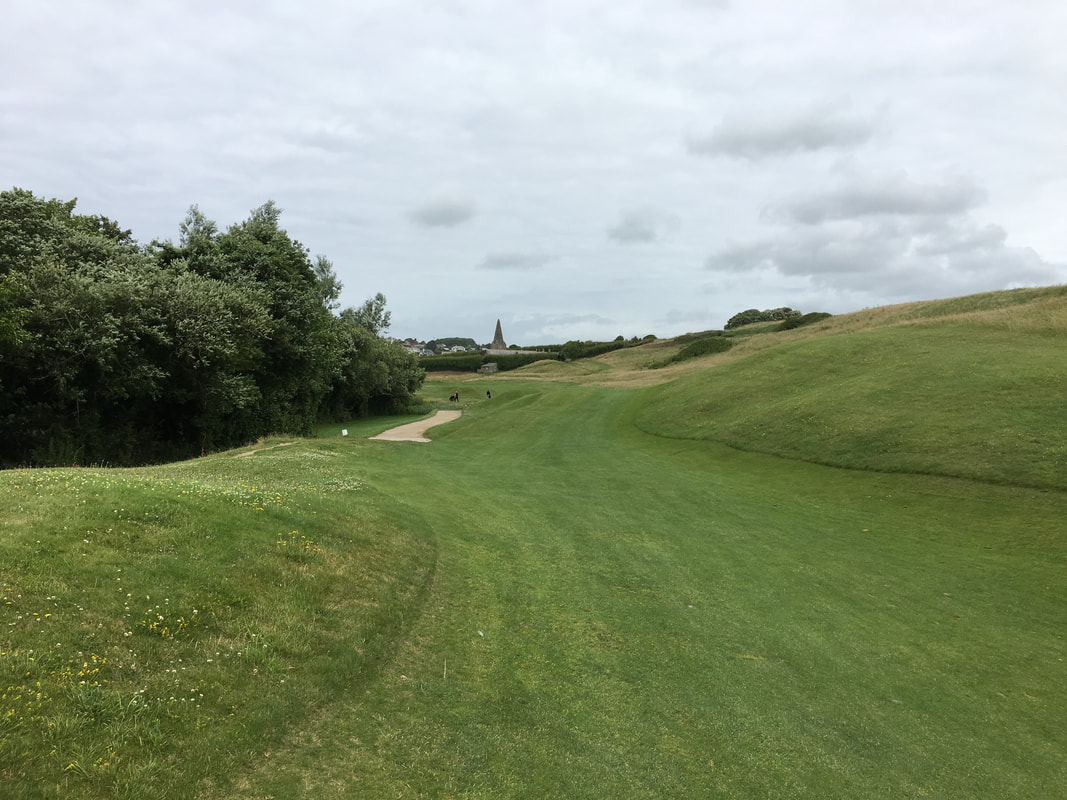
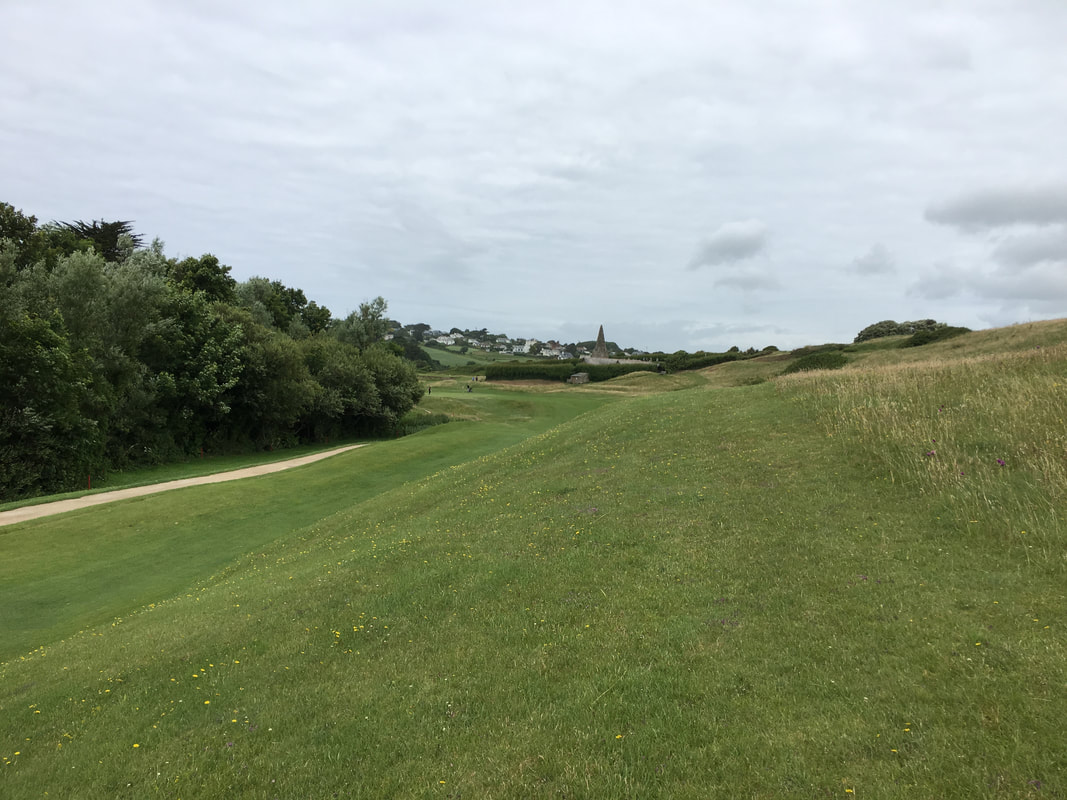
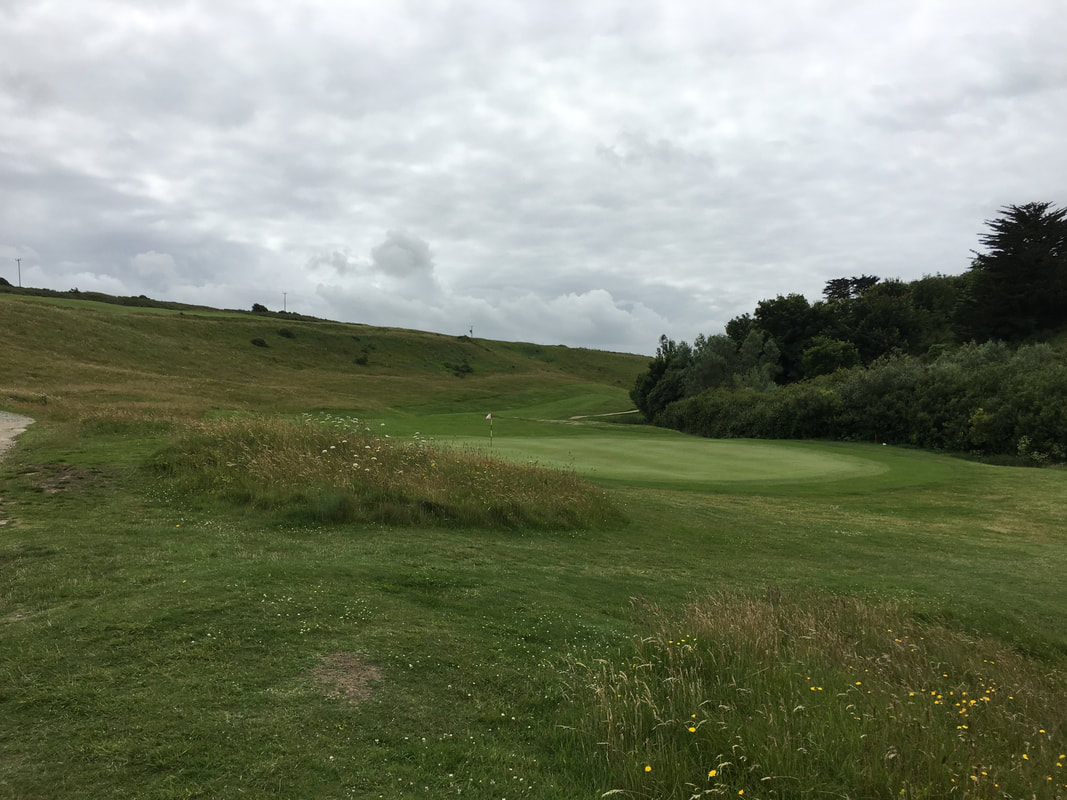

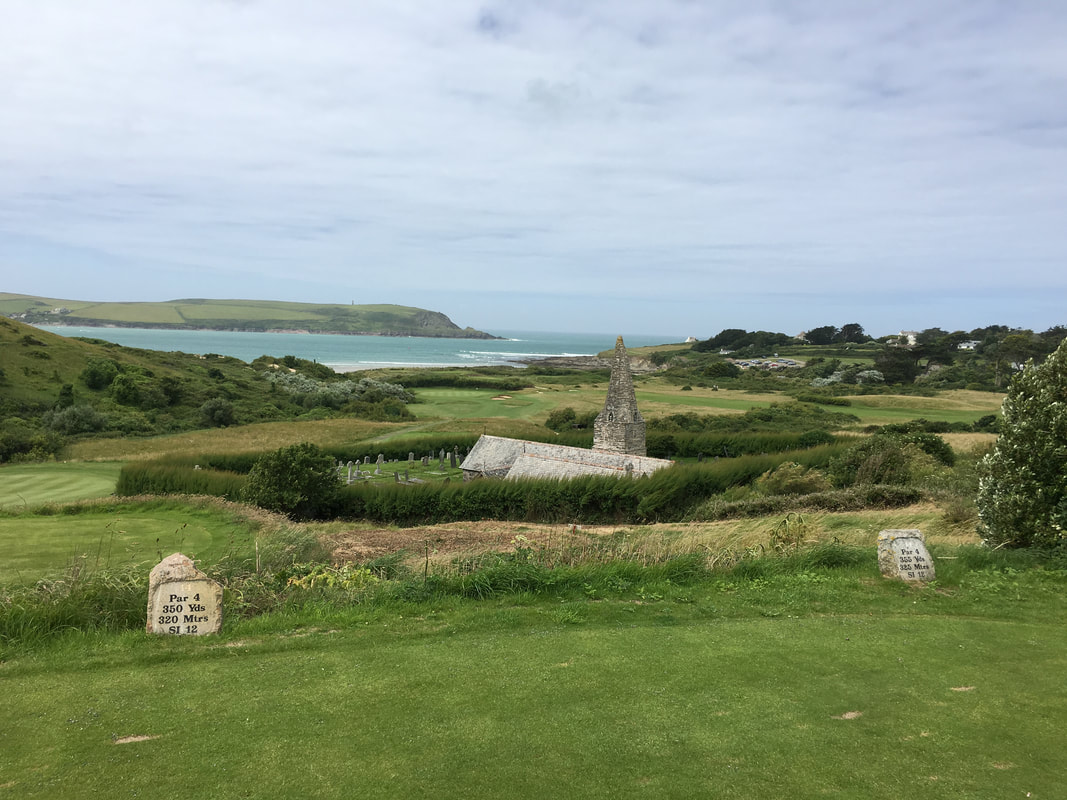
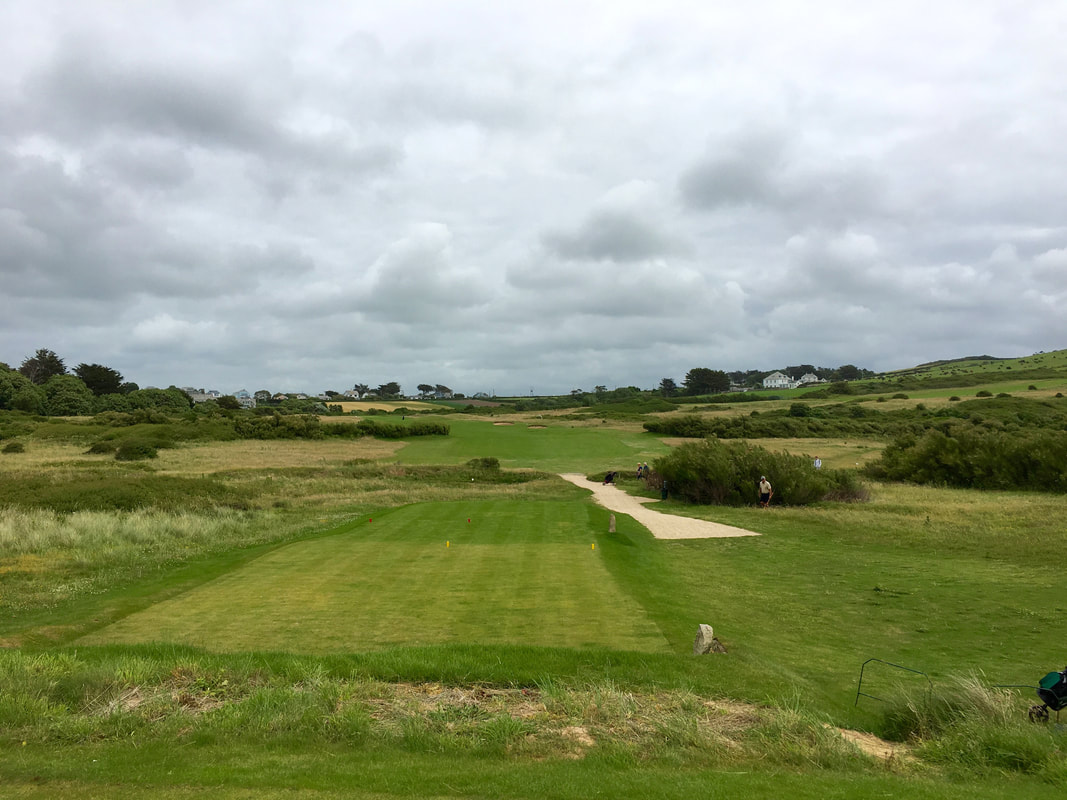
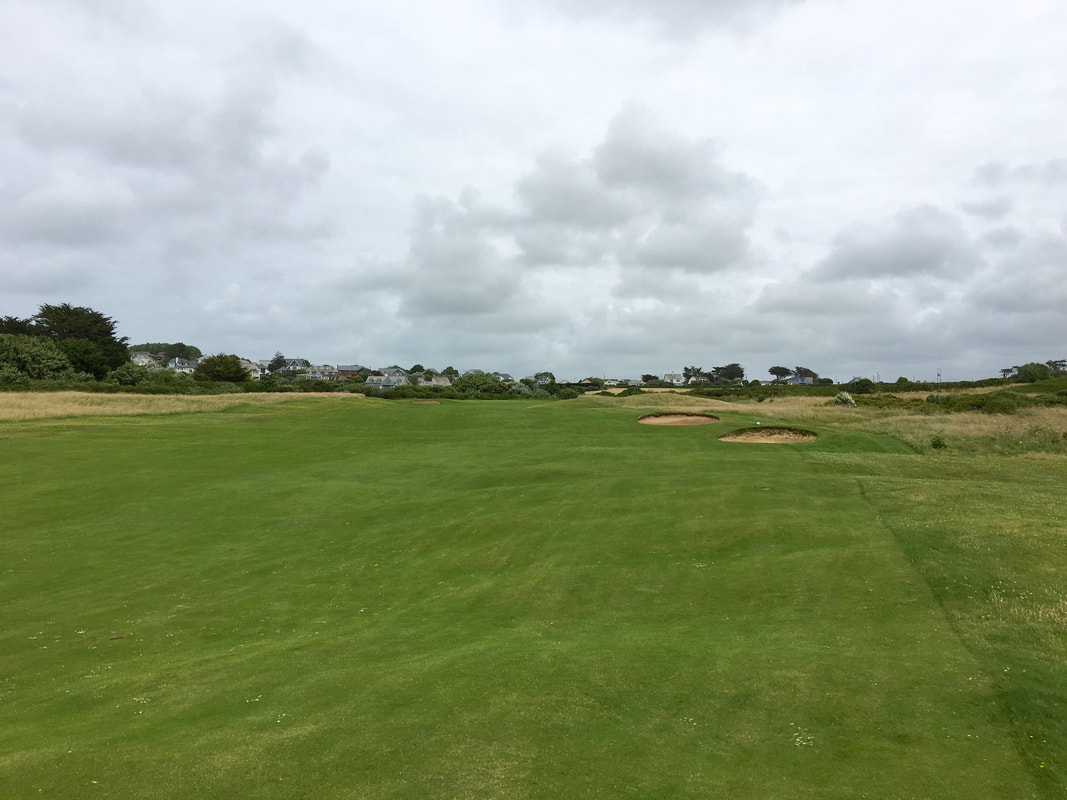
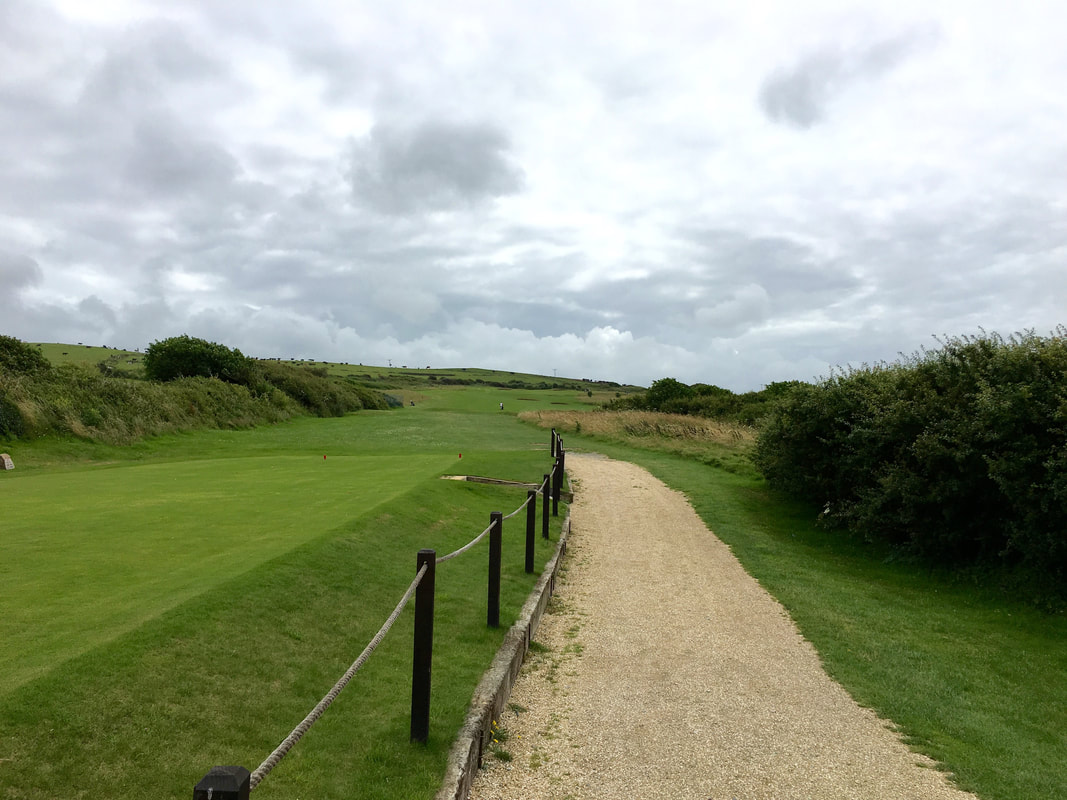
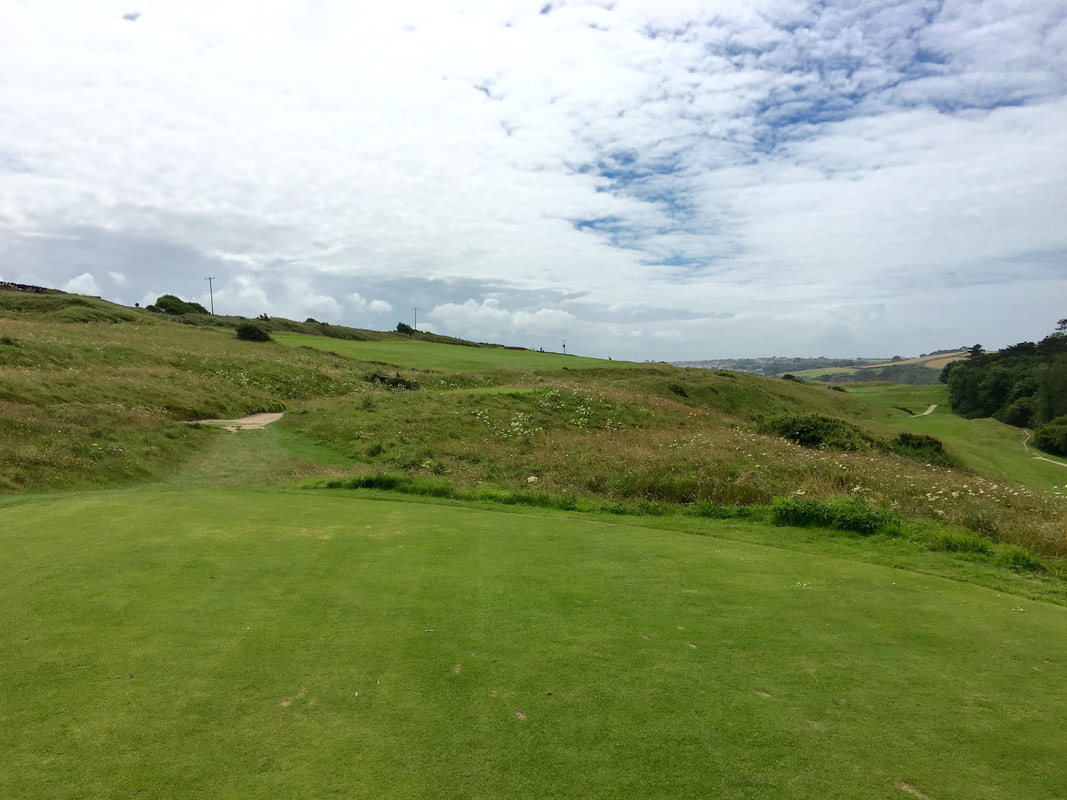
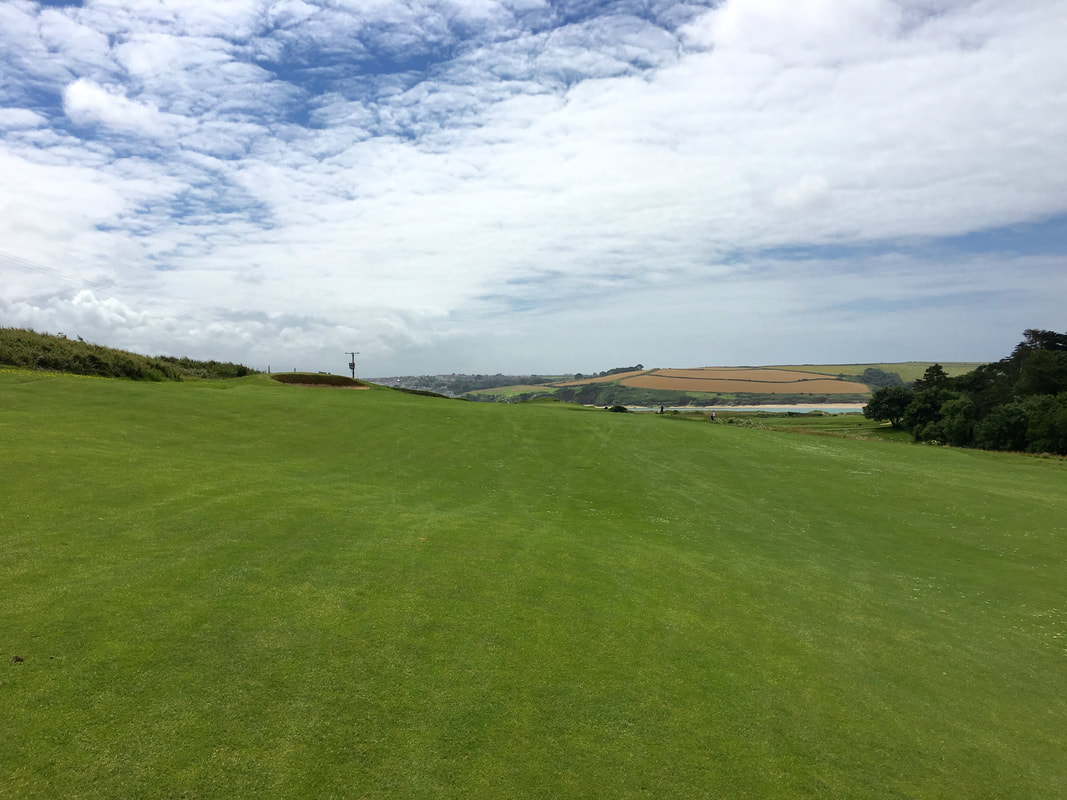
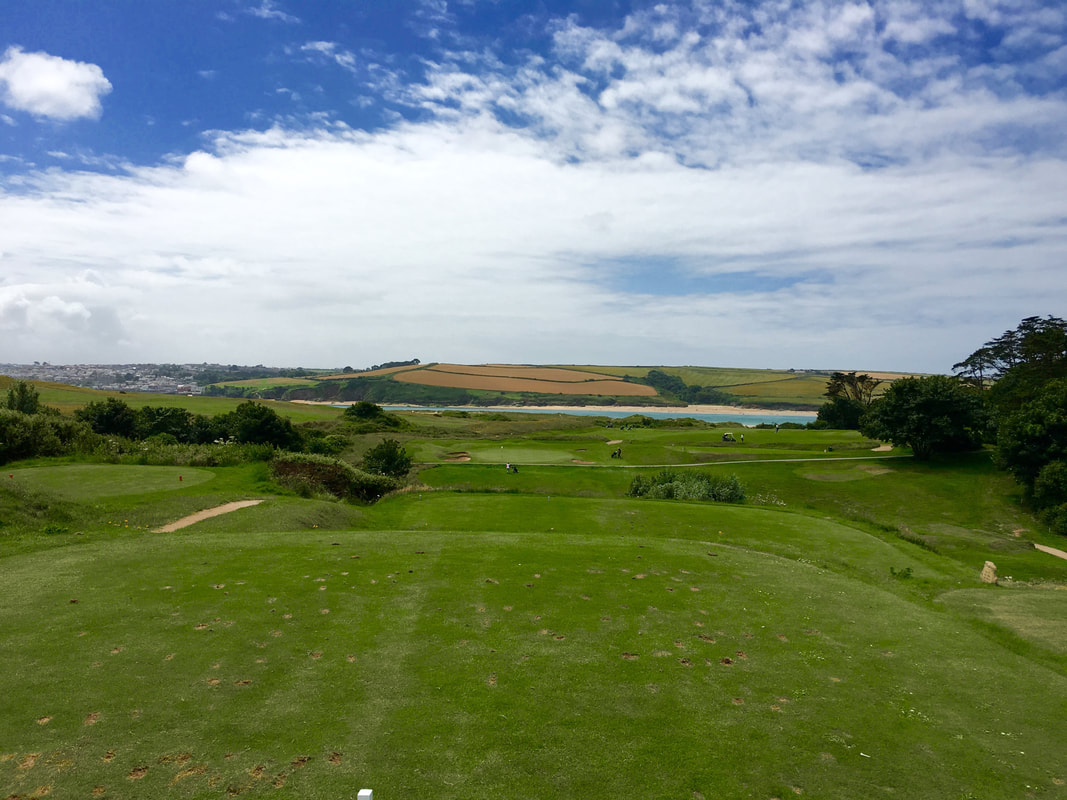

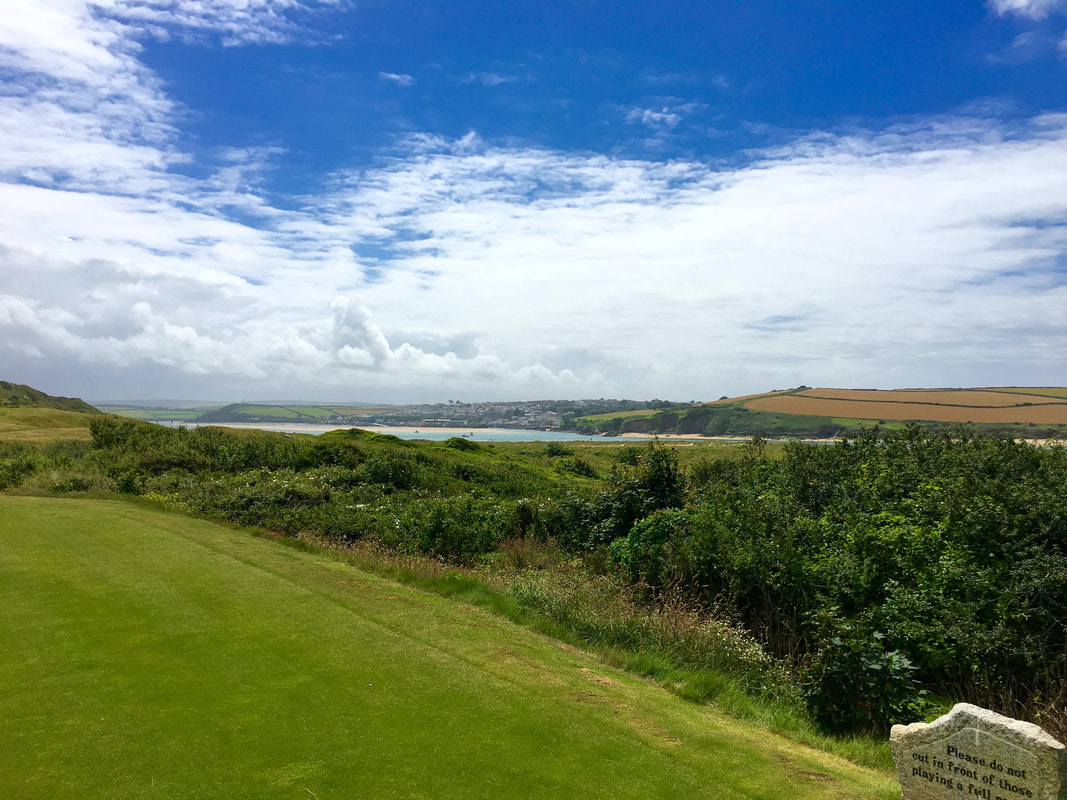
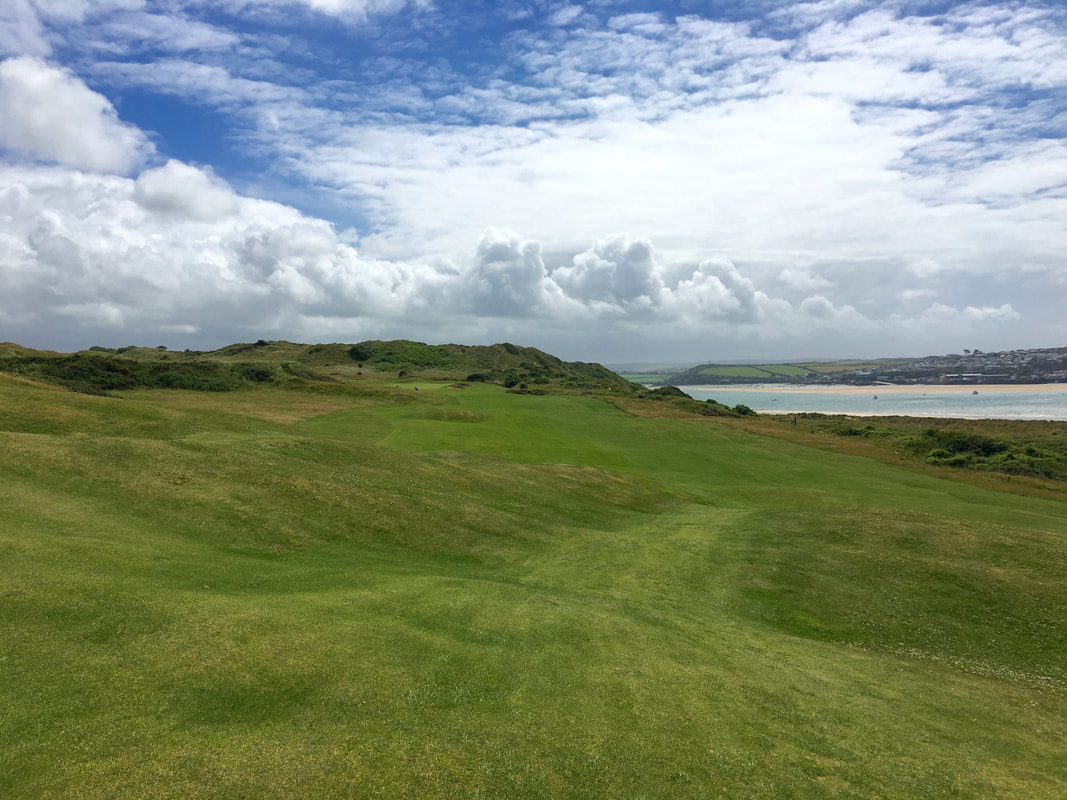
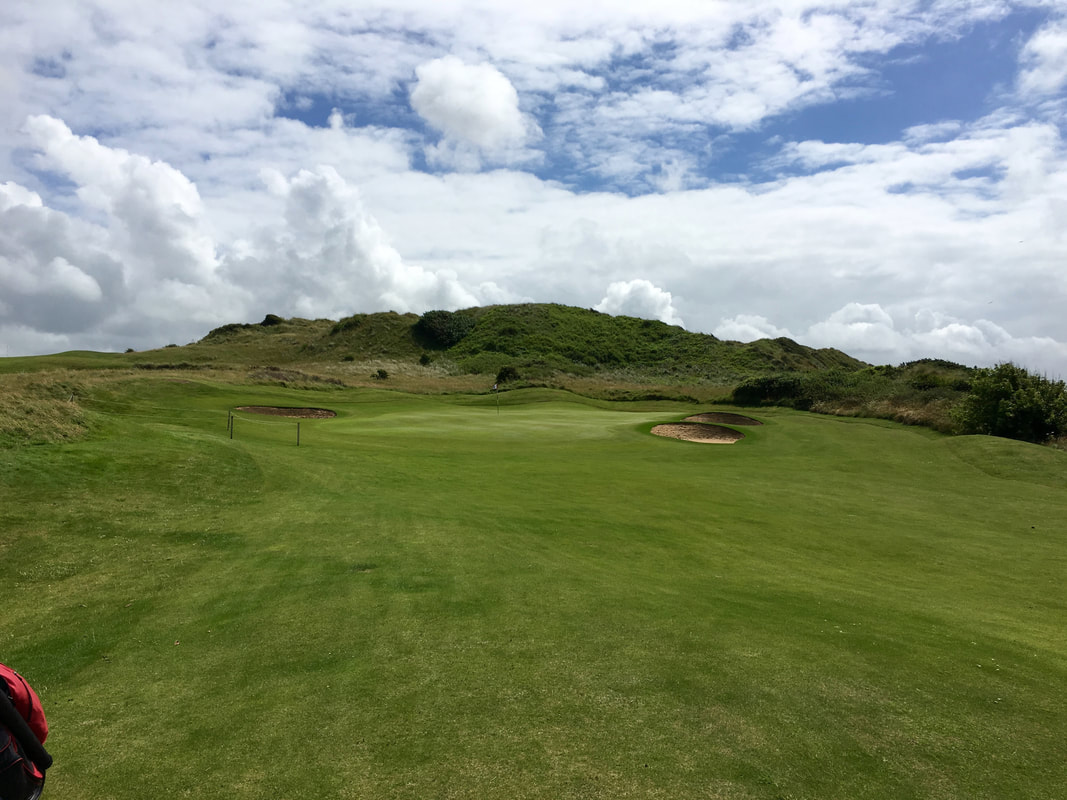
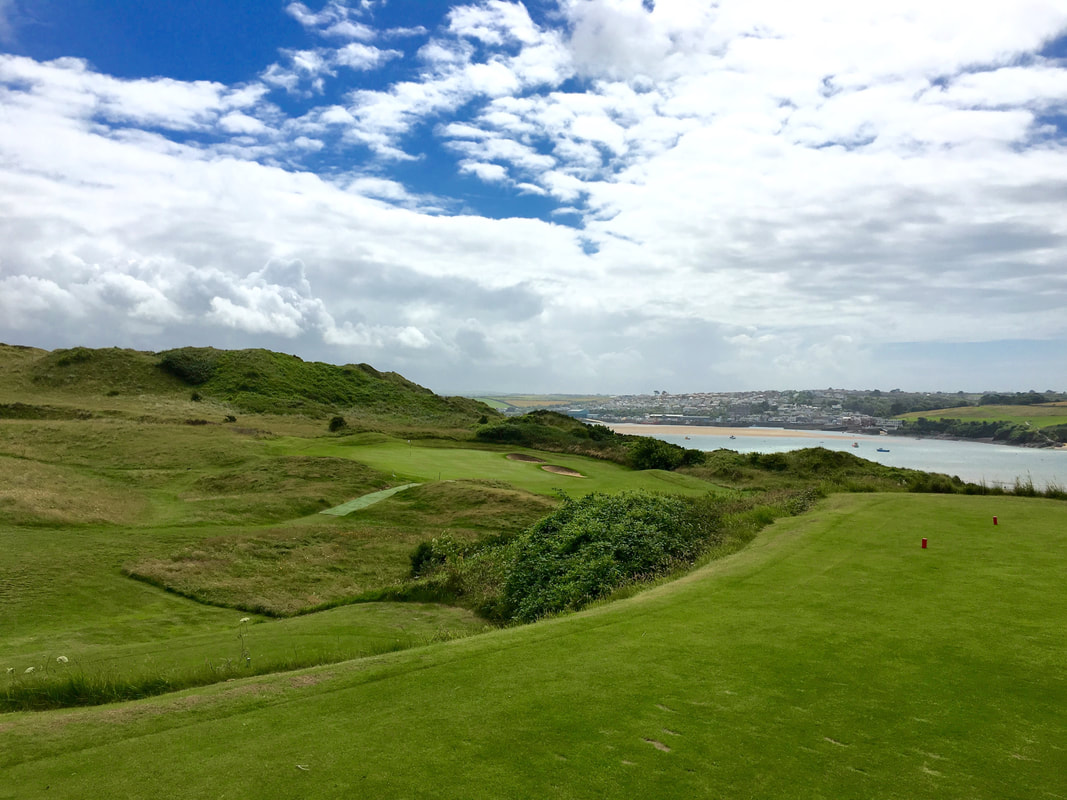

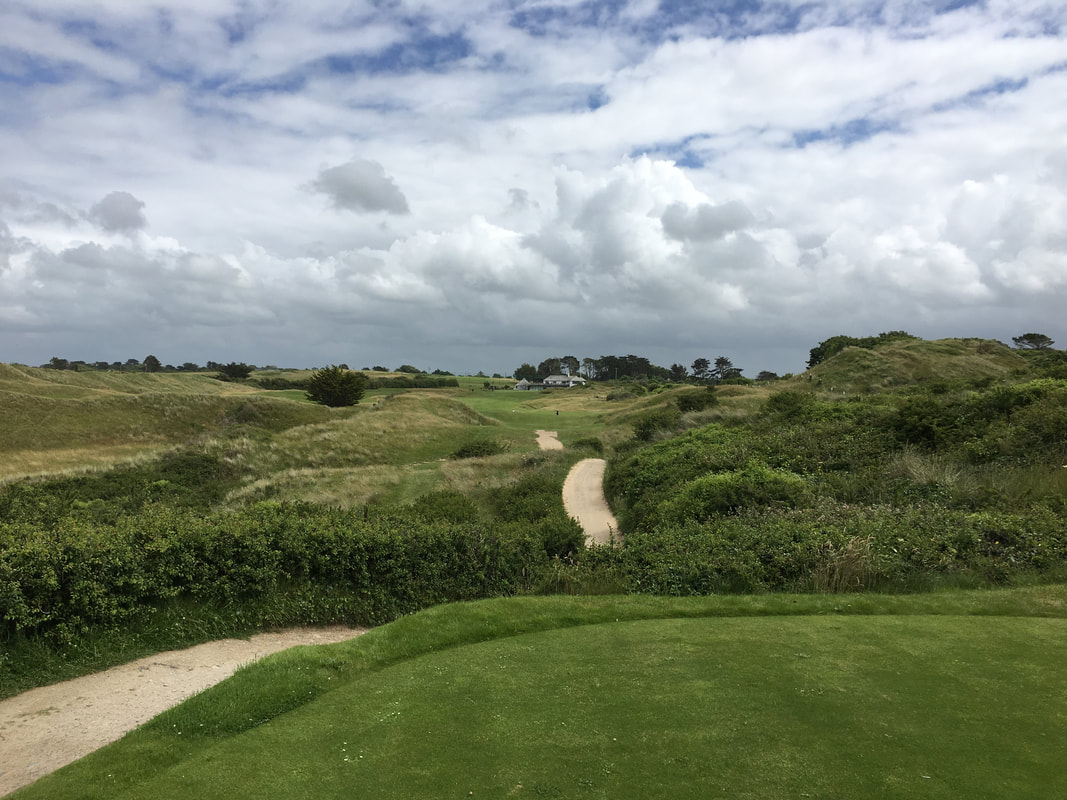
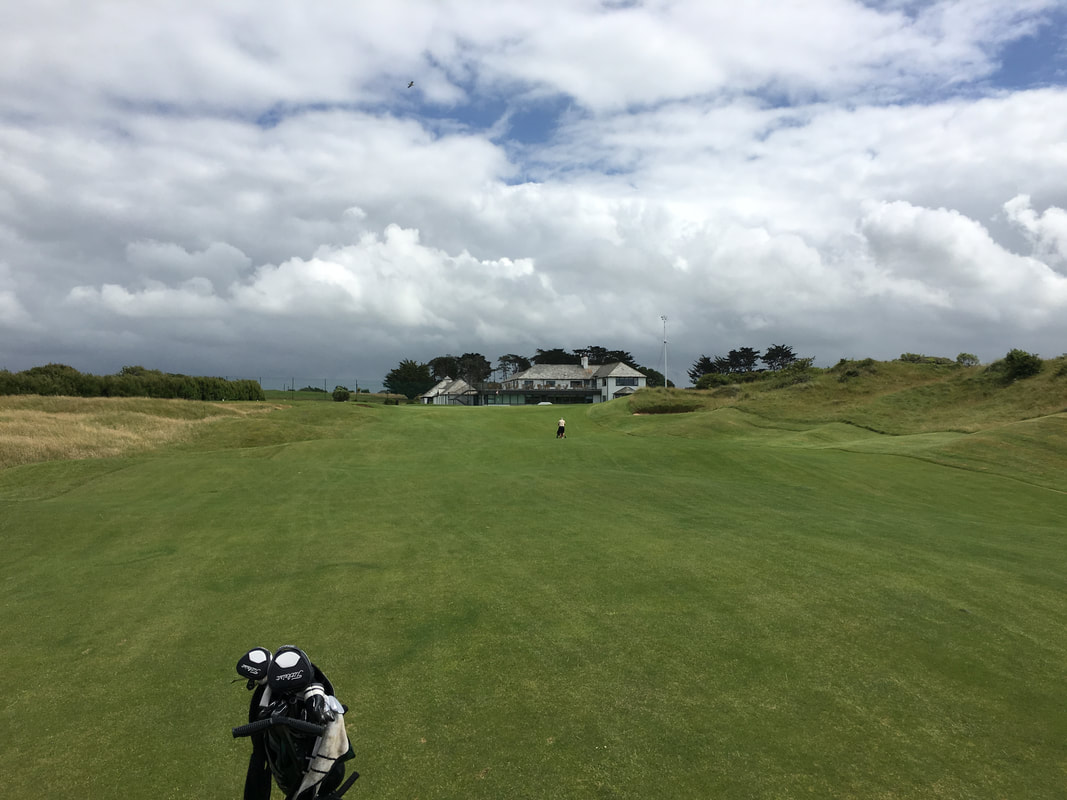
 RSS Feed
RSS Feed